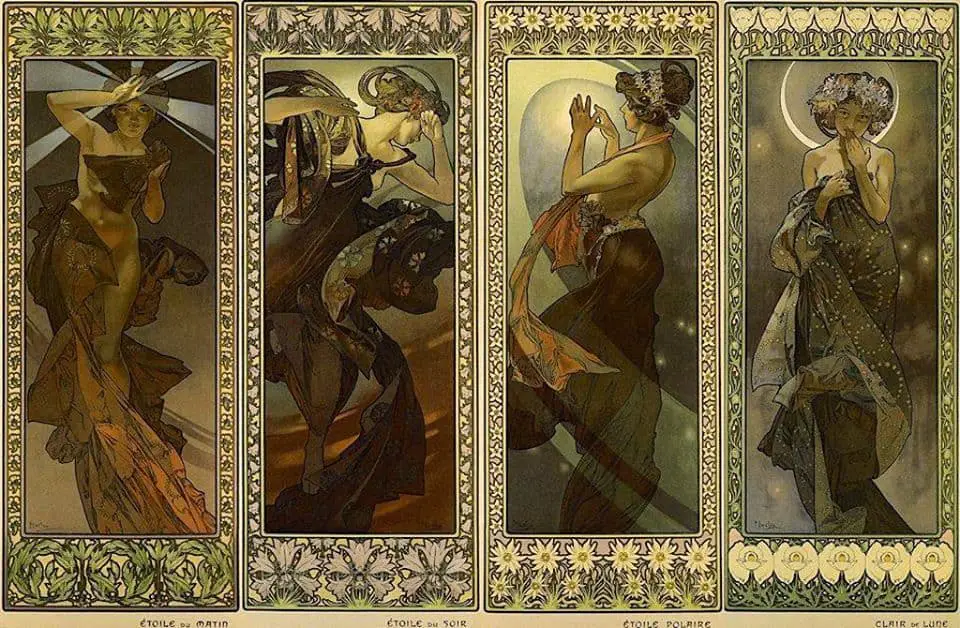They wouldn’t be so cocky if they knew what me and the moon have going.
Ken Kesey, One Flew Over the Cuckoo’s Nest
OVERSIZED MOONS
There is a rule that moons in picture books must be bigger than the look in real life, from anywhere on Earth. I didn’t fully realise this was a rule until a beta reader for Midnight Feast asked me why my moon was so small. In fact, the moon was the ‘correct’ size, but then I realised why he had asked the question: Every single picture book I looked at had an oversize moon.
Why is this? I believe it’s because picturebooks don’t happen in the real world. They happen inside this other reality, in which size is all out of whack. Children can behave autonomously as adults; adults can behave as children.
For the record, the moon at the end of Midnight Feast is now oversized. I did change it. And yeah, it does look better.
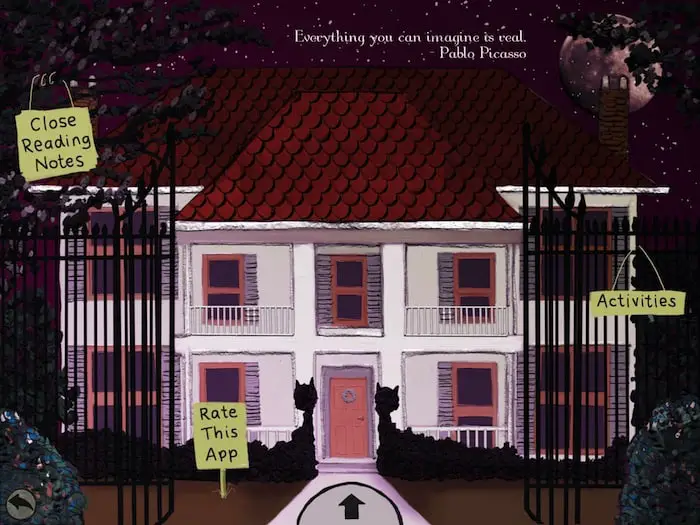
There is also an oversized moon in The Artifacts, but because it’s in a picture book, it doesn’t look big, does it?
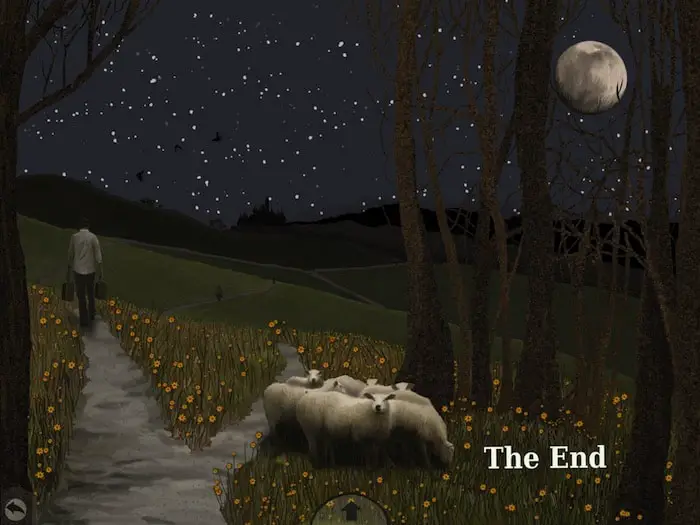
In fact, small (realistically proportioned) moons aren’t so rare in art.
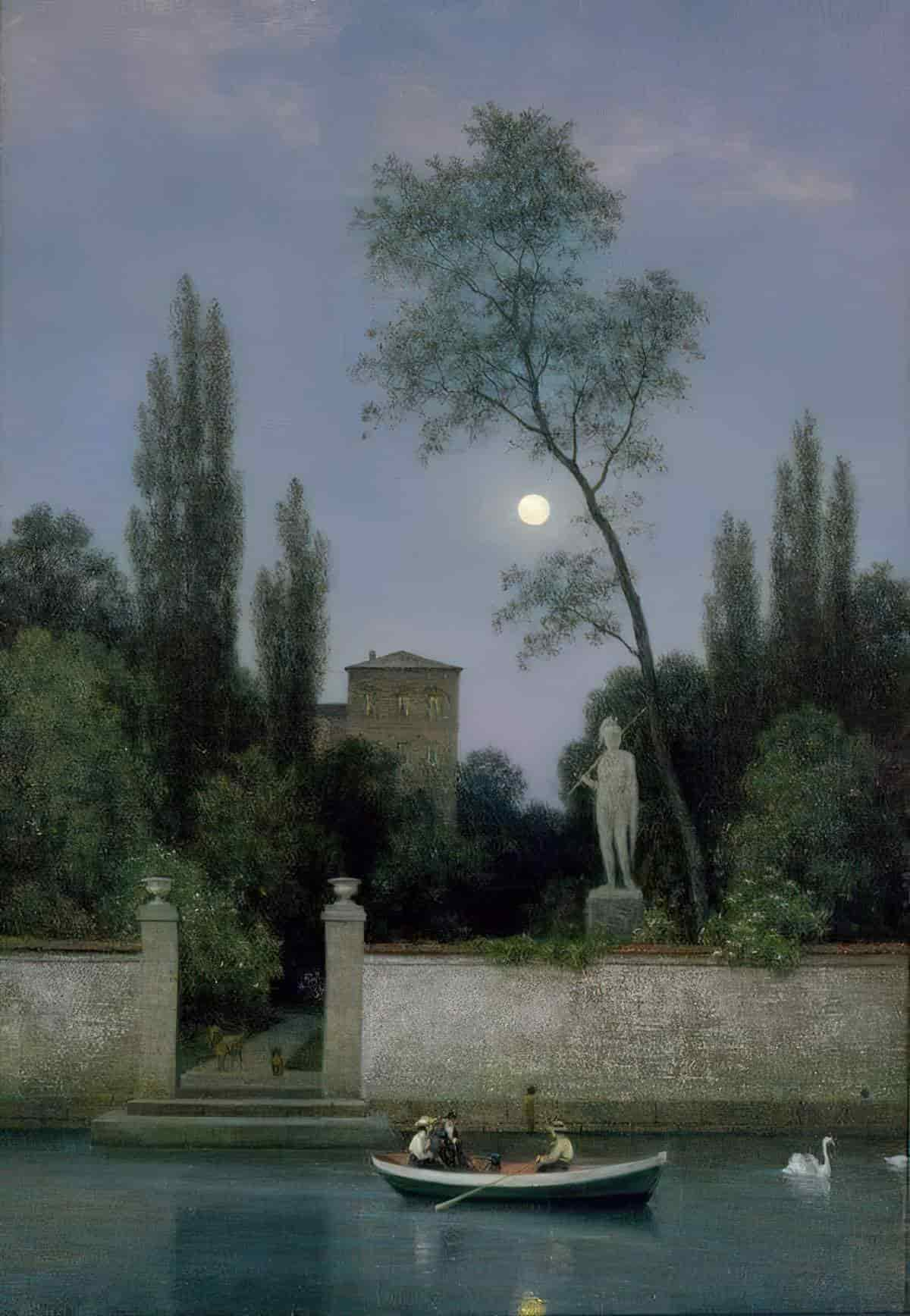
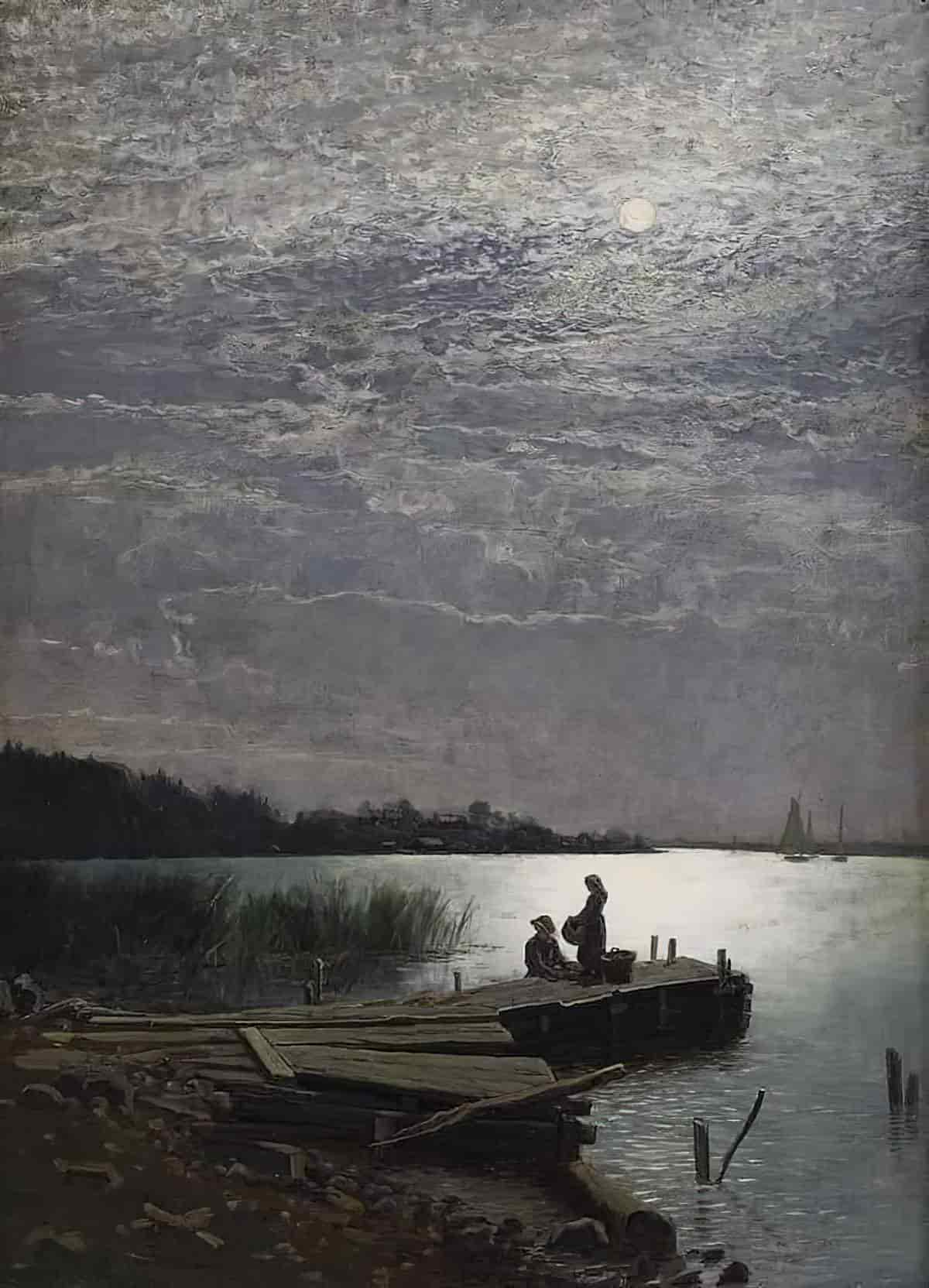
Why is the moon so important in literature?
- A (large) moon can infuse your story with magical powers, even when the story is not of the fantasy genre per se.
- The moon is a physical manifestation of fate.
- A moon can be seen from everybody, anywhere on Earth and therefore makes a story feel universal, much like a myth.
- The moon can lend a feminine feel to a story, since it is connected to the menstrual cycle.
- The moon is comforting, since it waxes and wanes predictably.
- In picturebooks, for practical purposes, the moon provides a great source of light, making night scenes glow.
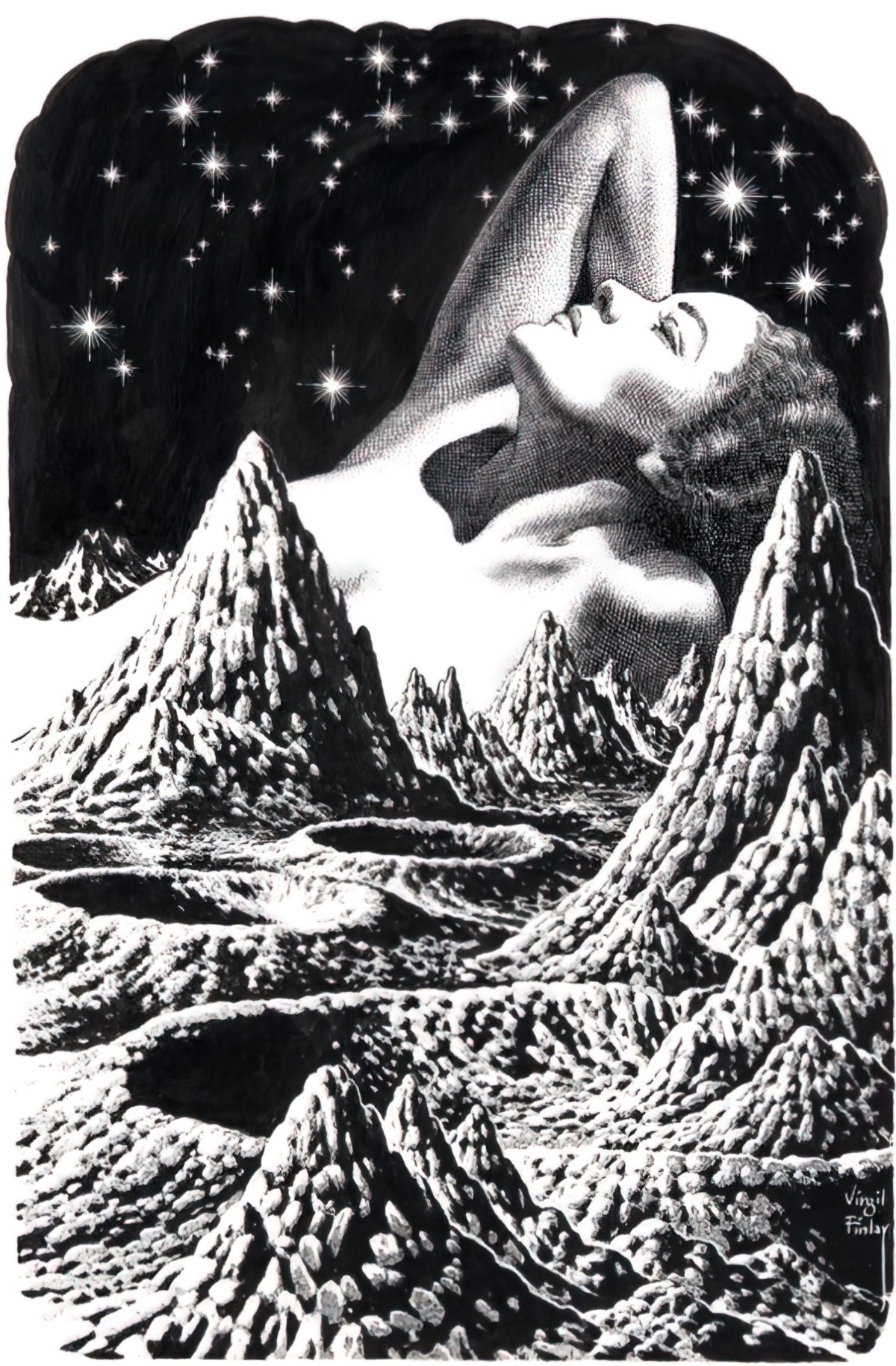
The Moon ‘Incorporated’
Oh, with you, I could conquer the world – oh, with you I could catch hold of the moon like a little silver sixpence.
Katherine Mansfield, Journal of Katherine Mansfield
Sometimes illustrators emphasise the importance of the moon by incorporating the celestial object into the design in a way that makes the moon seem part of the earthly landscape.
On the cover of Slinky Malinki it’s done subtly, with the glow from the moon providing an illuminating frame for the title.

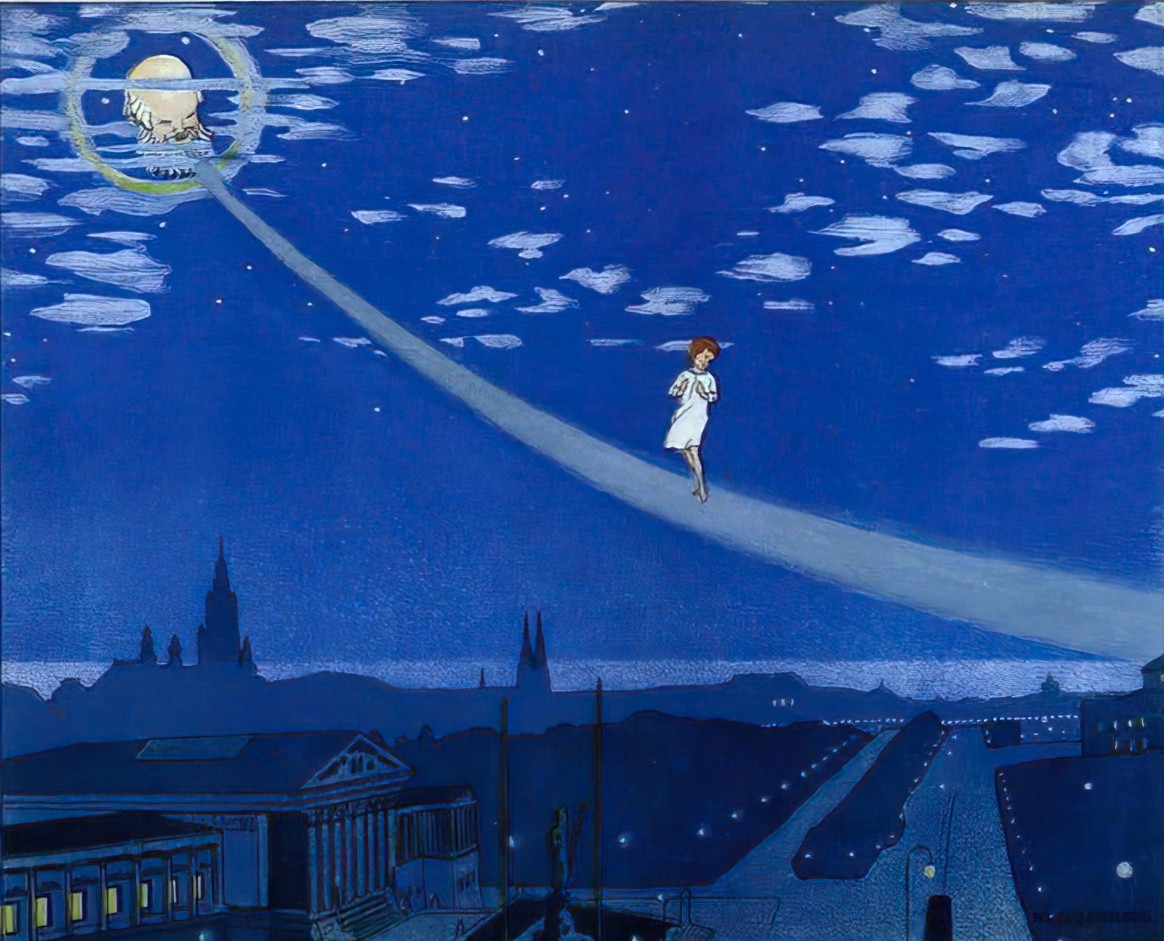
Which Witch’s Wand Works? by Poly Bernatene
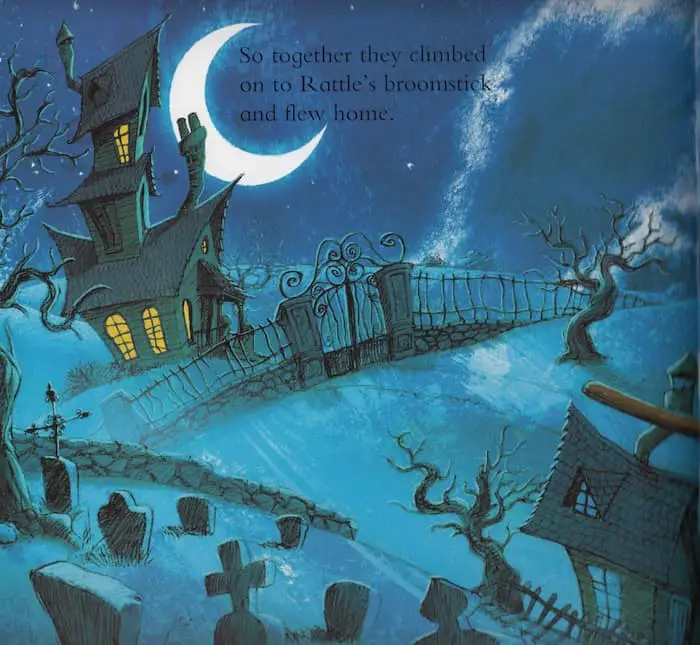
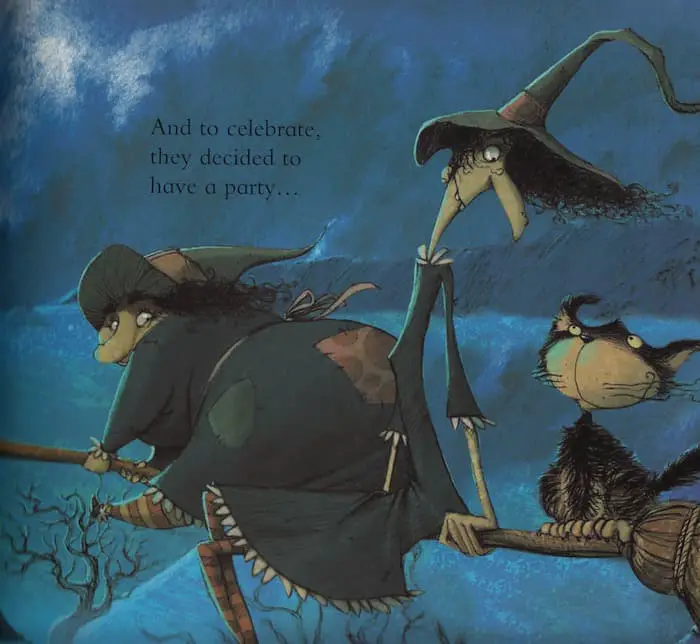
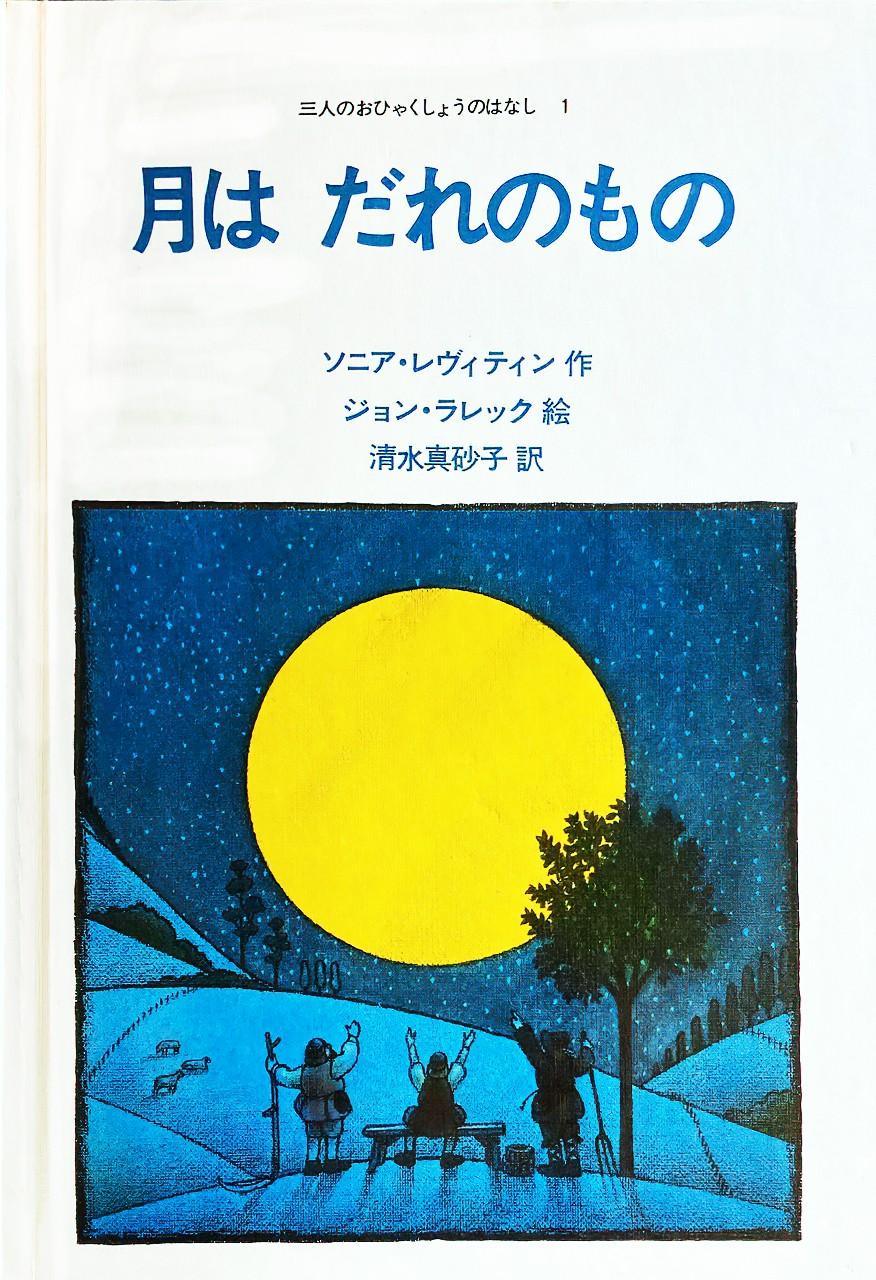
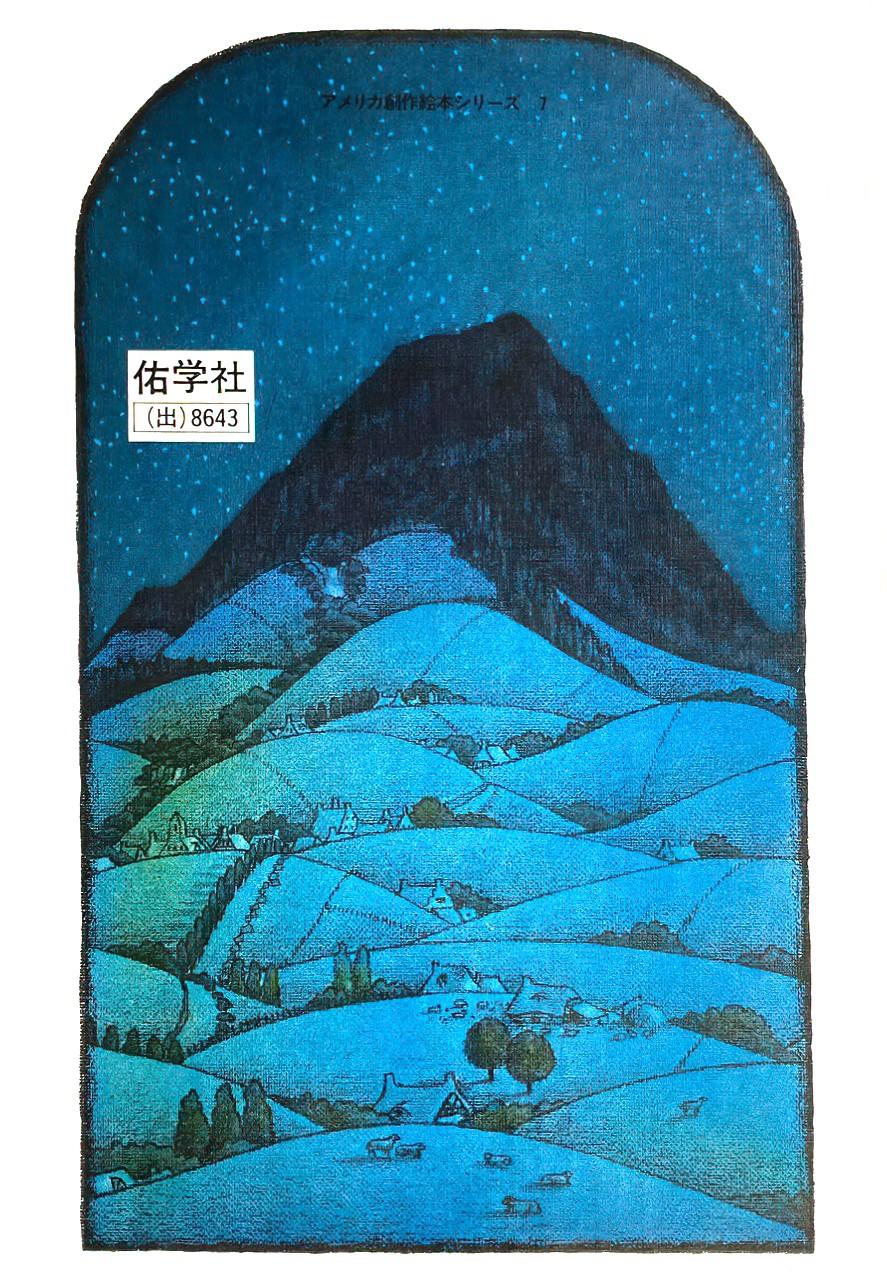
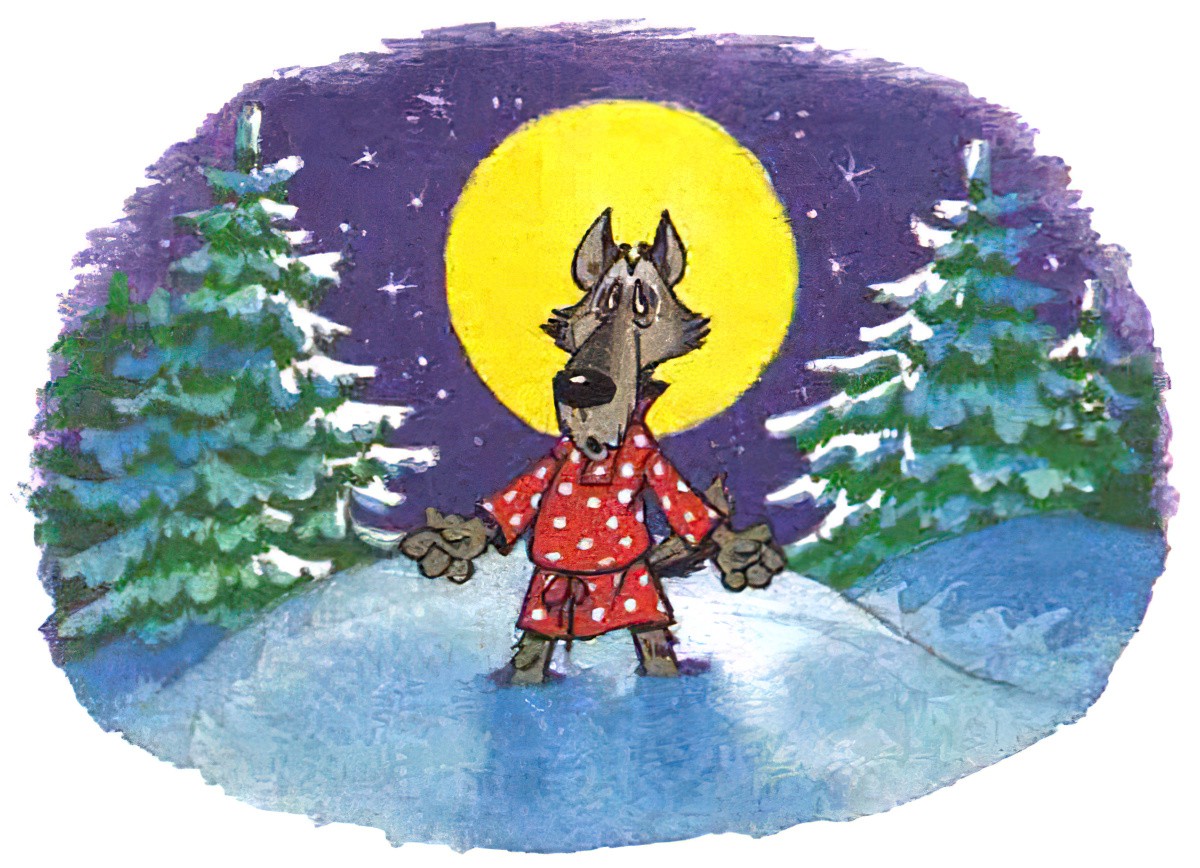
Kay Nielson’s illustrations incorporate the moon more fully into the story, as the story requires:
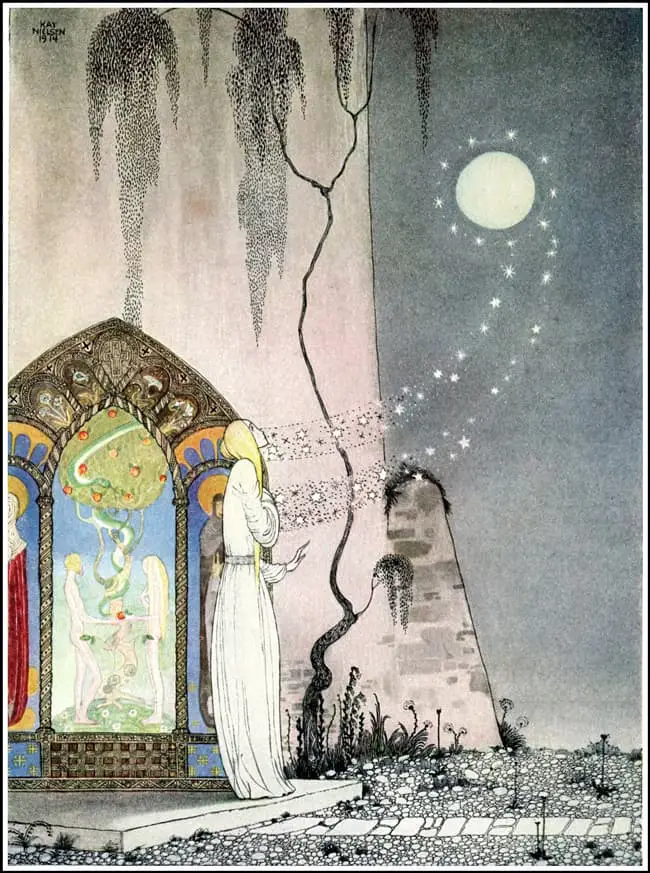
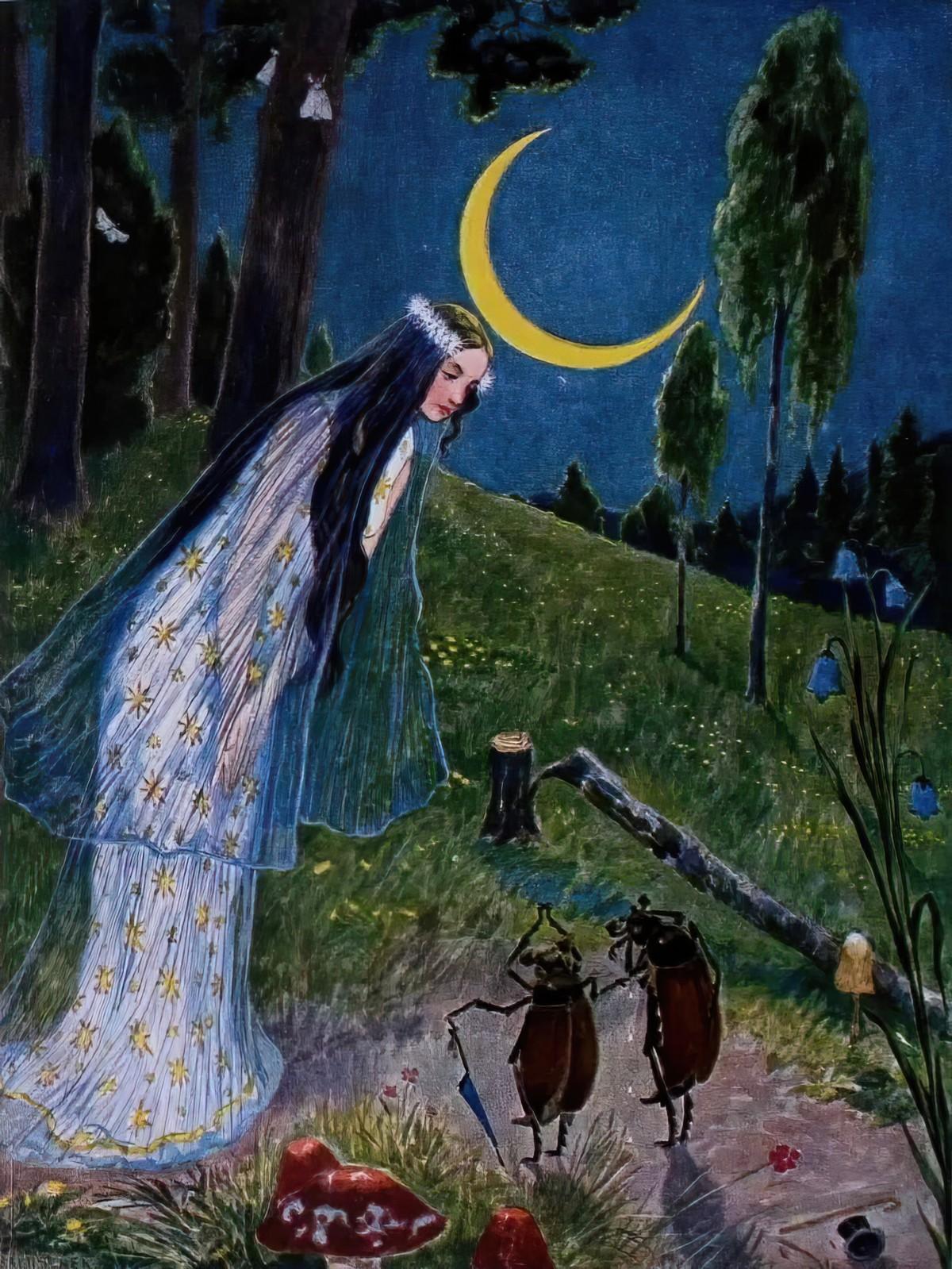
This is a crystal ball, but we’re lead to associate the crystal ball with the moon.
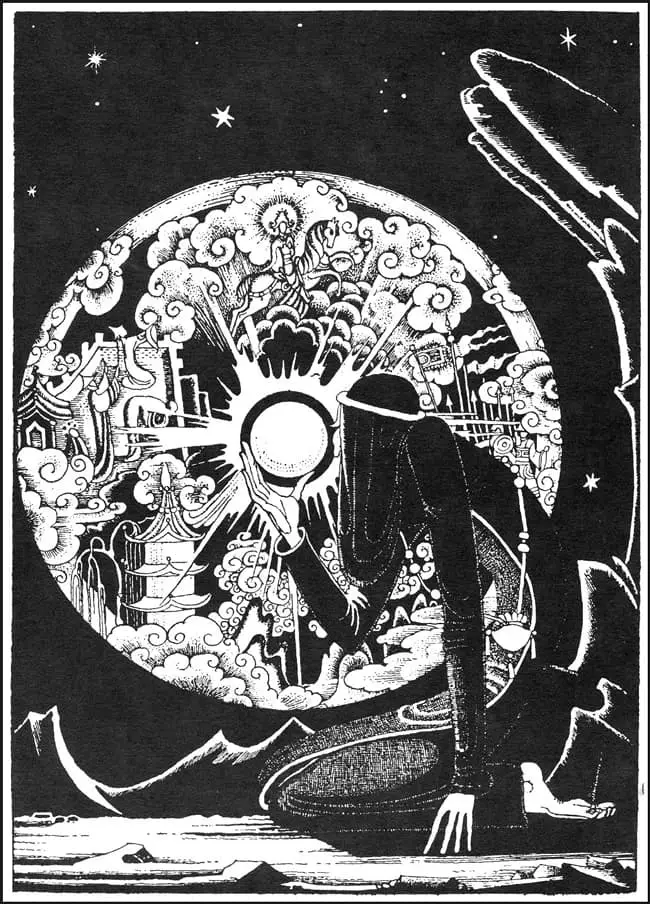
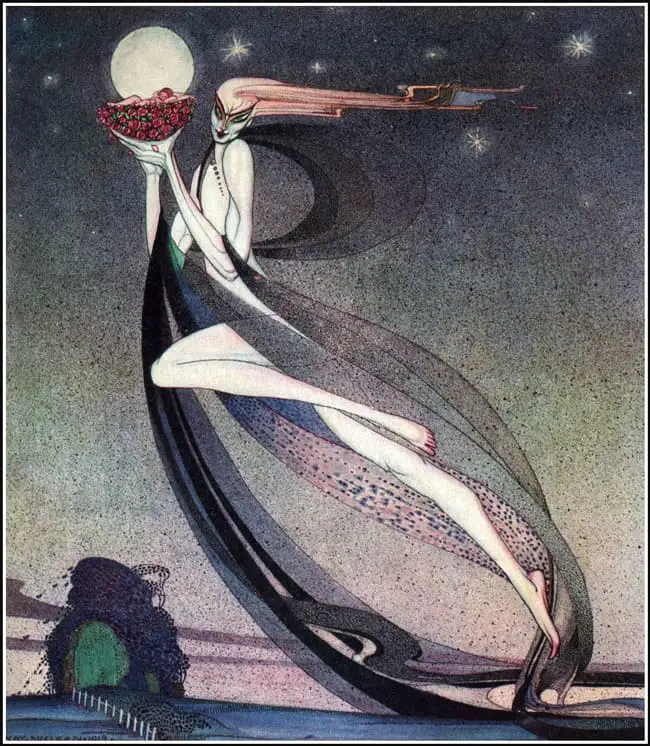
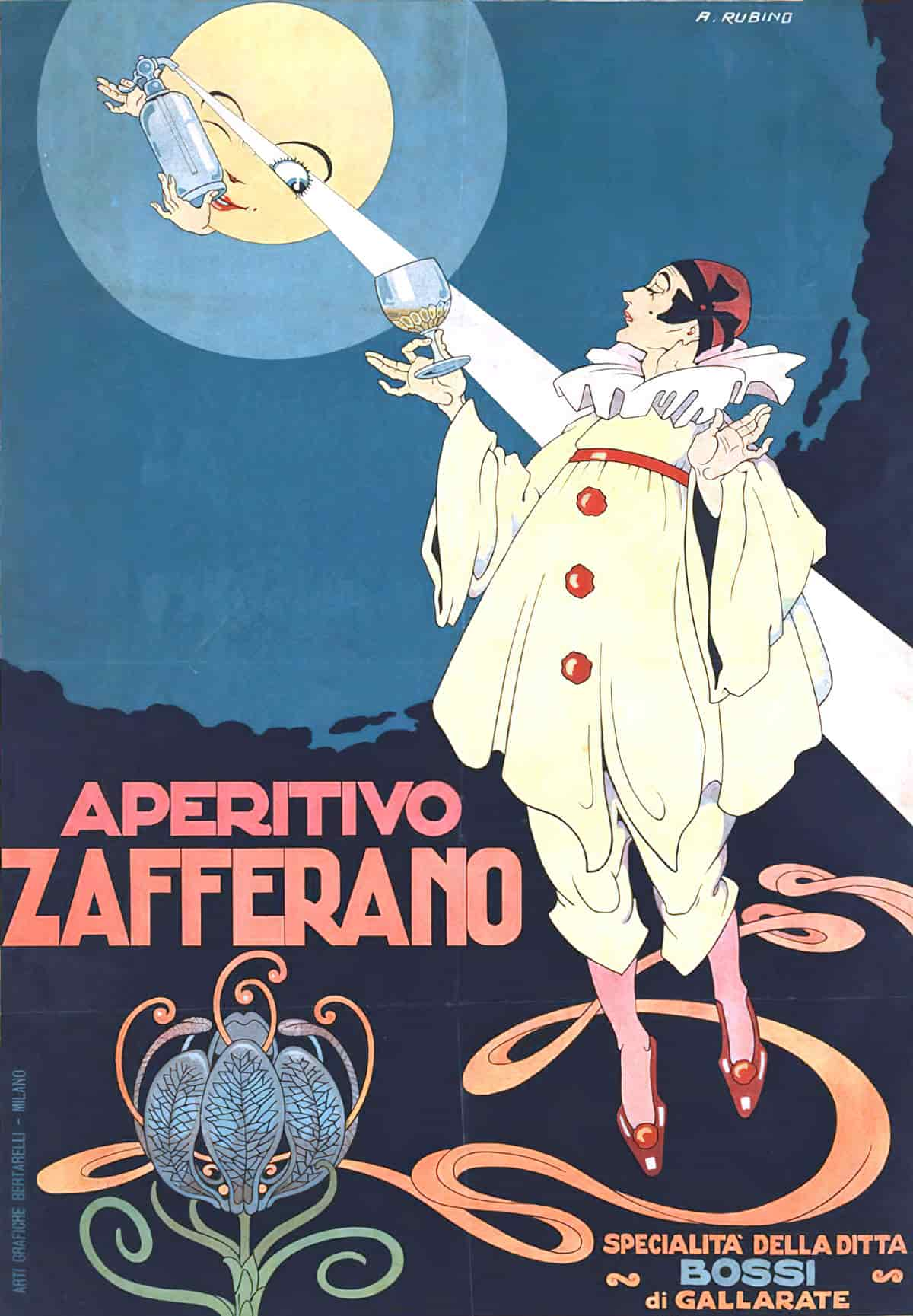
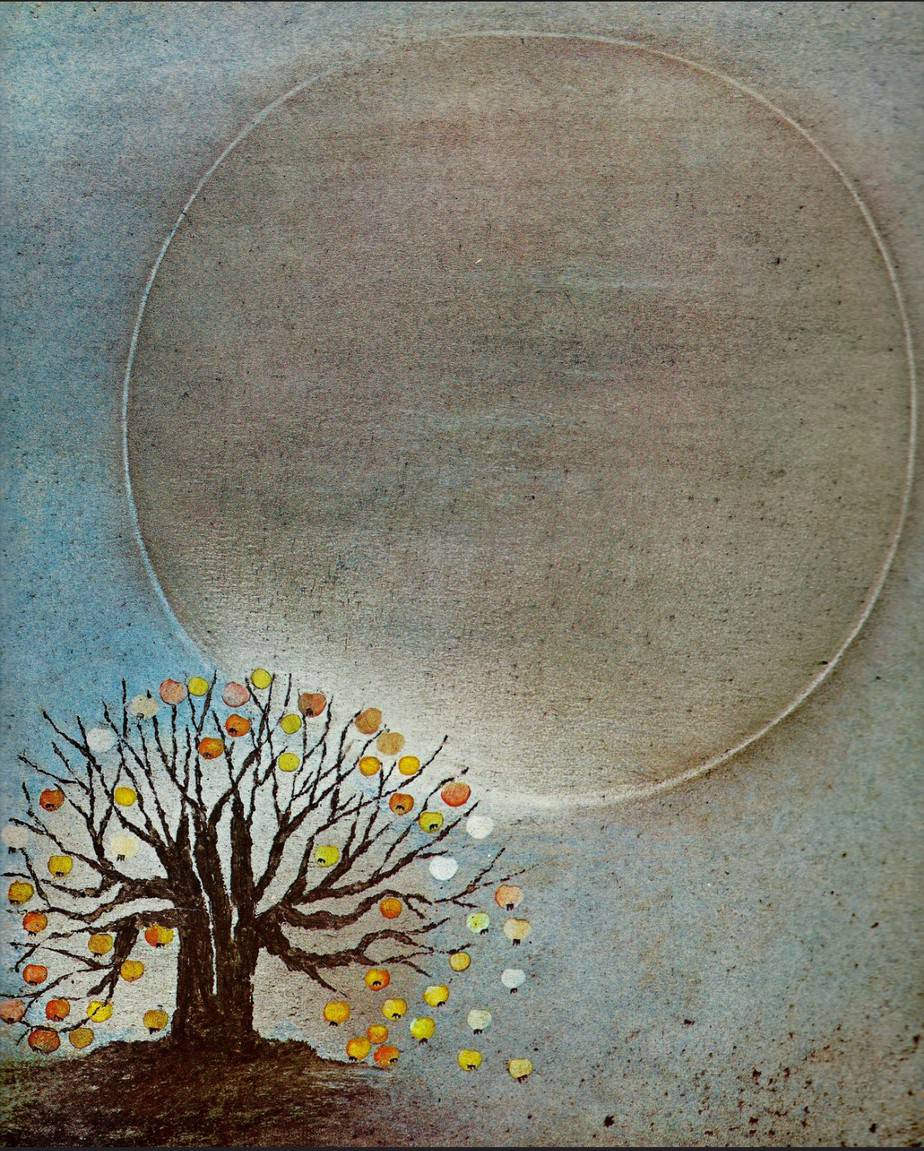

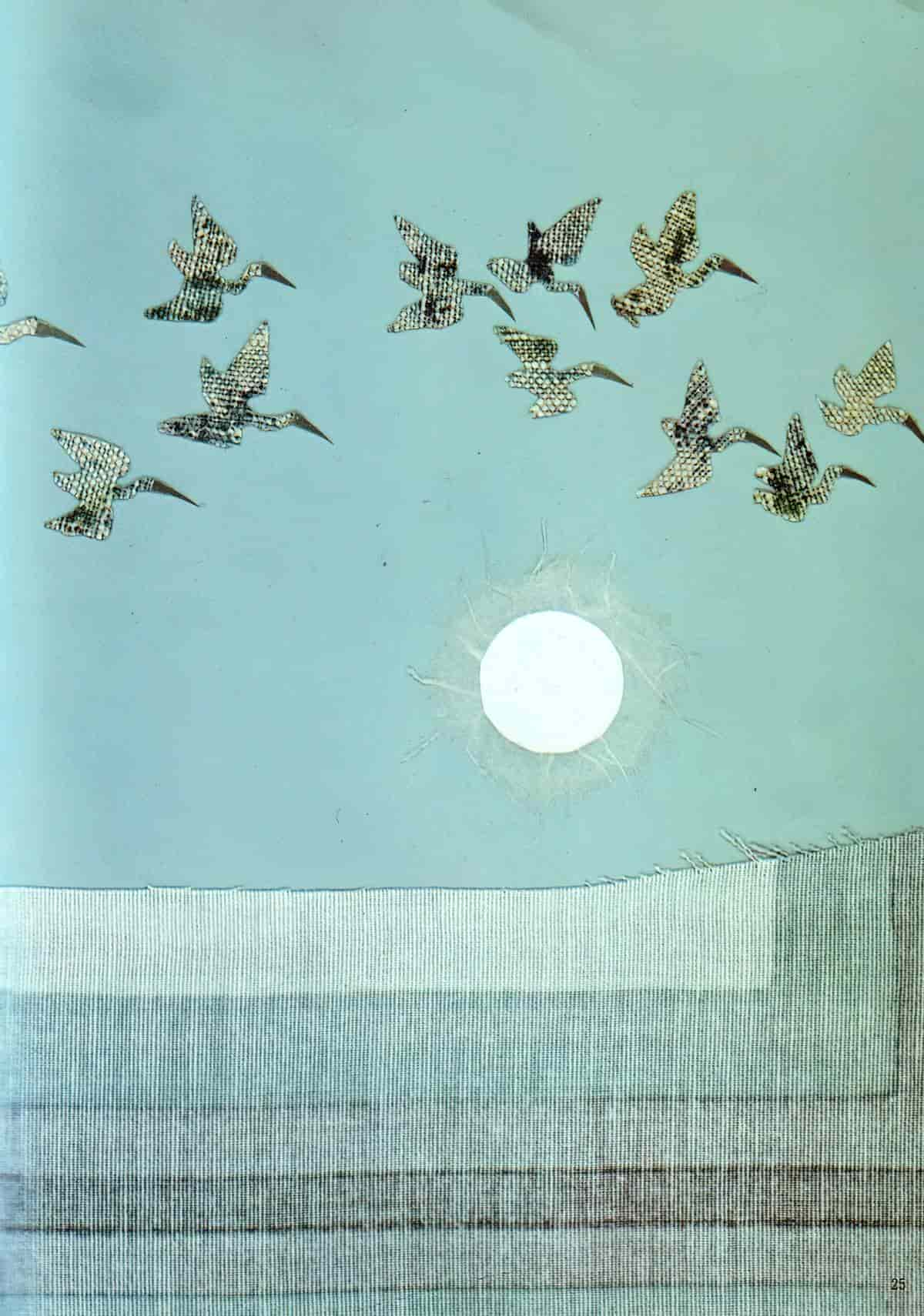
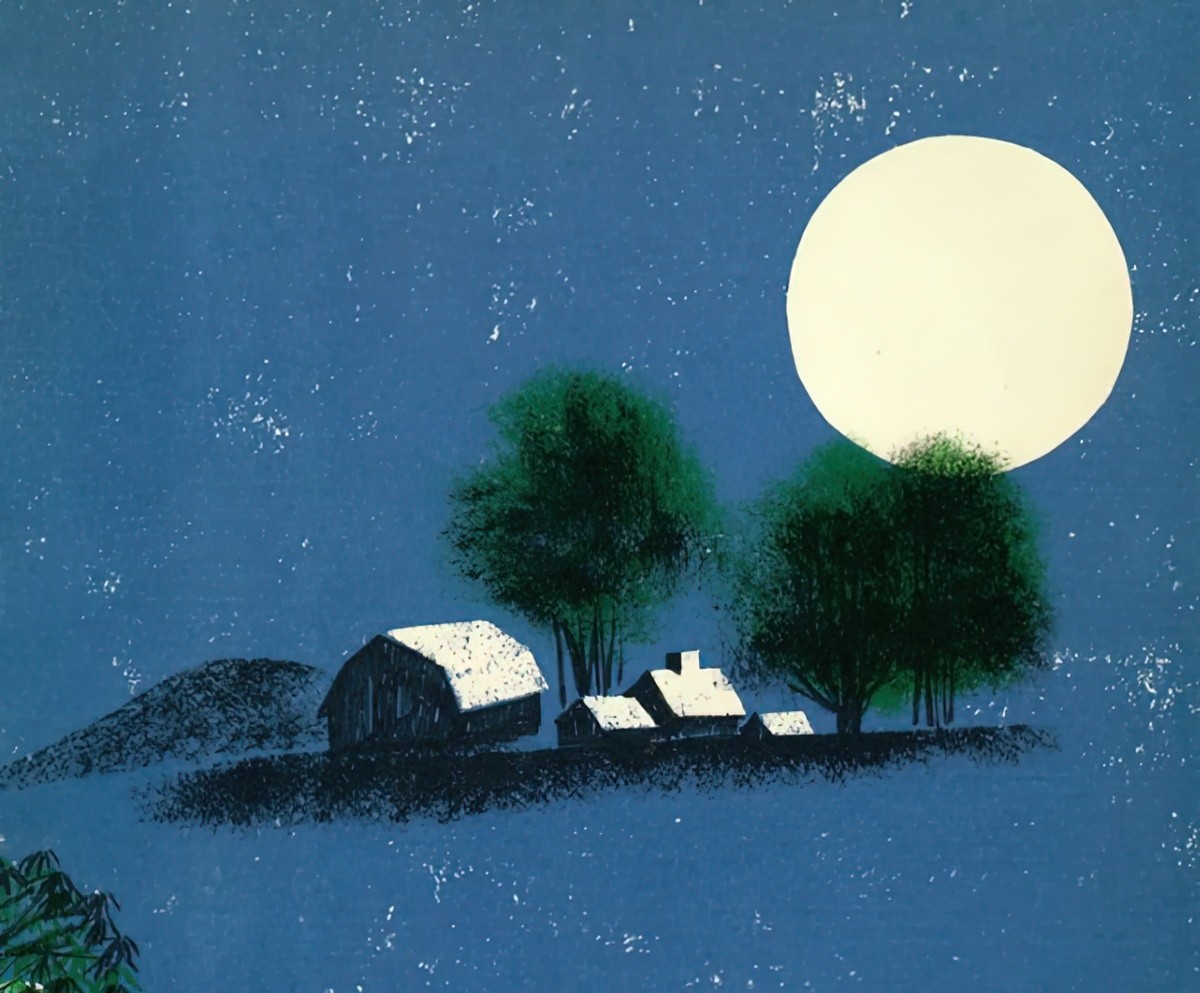
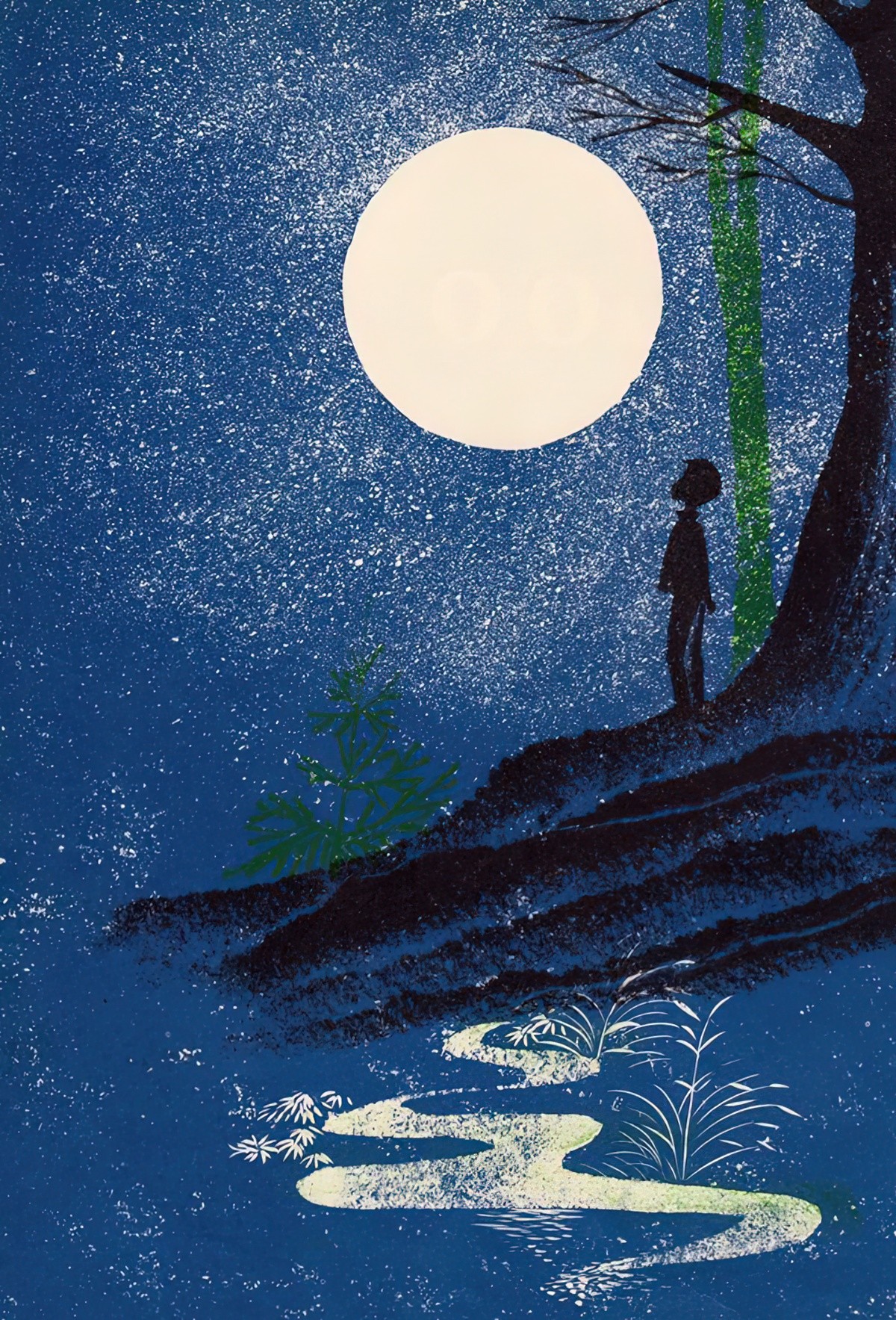
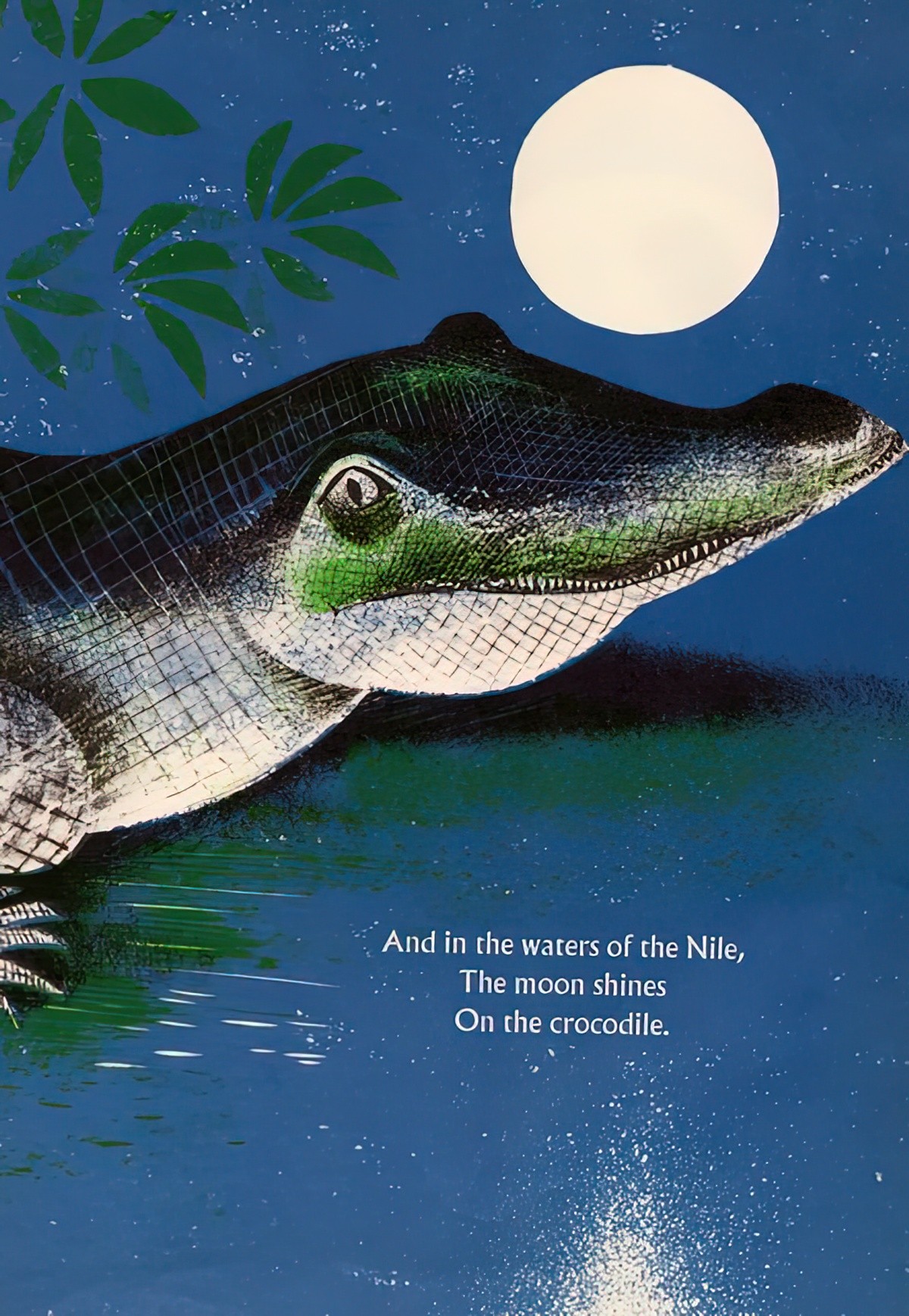
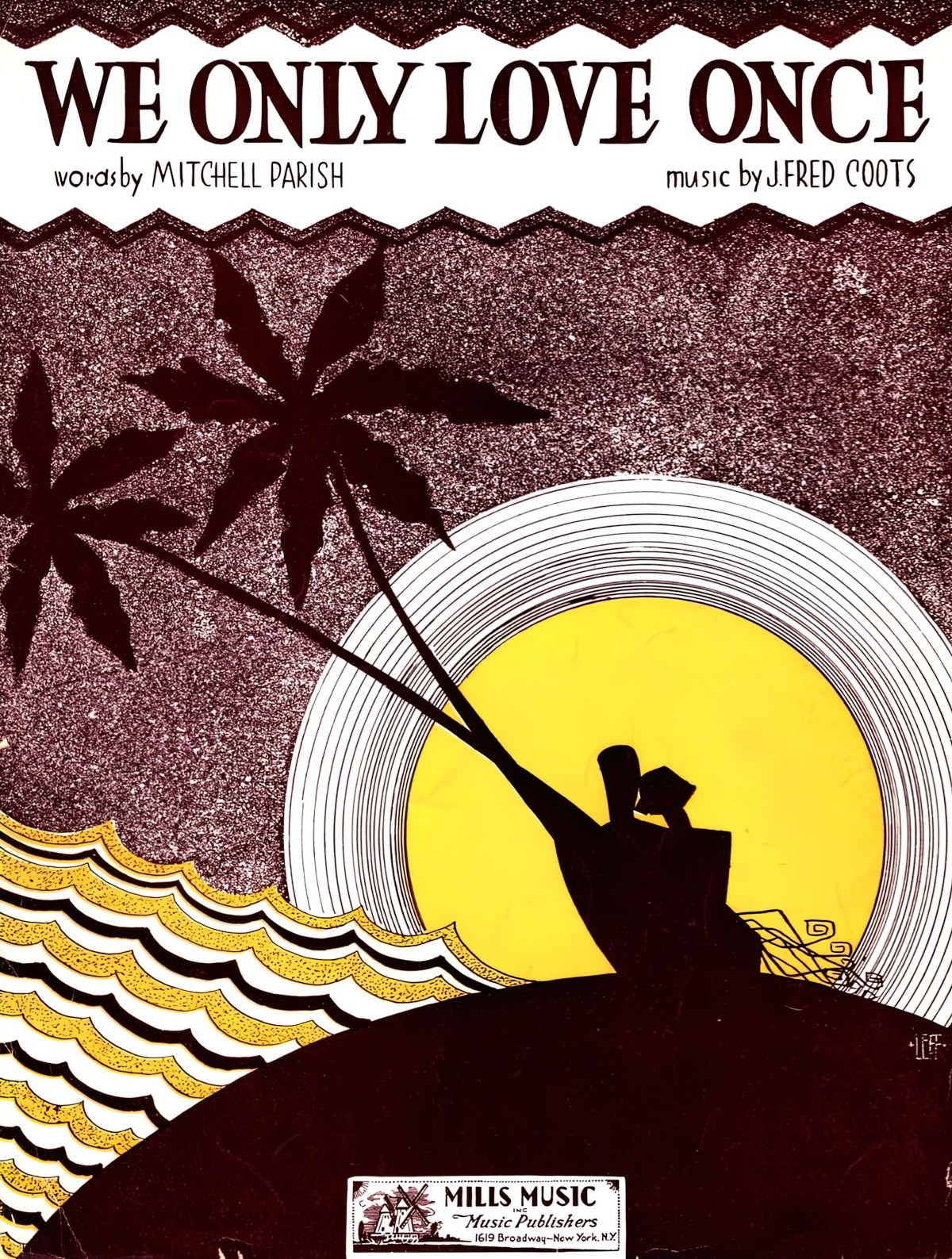
A BRIEF HISTORY OF THE MOON DEPICTED IN ART
One of the oldest portrayals of the moon was made at the height of the Bronze Age. The two-dimensional sculpture, forged from metal and gold, is called the Nebra Sky Disk because of where it was discovered in Germany. It dates to 1600 B.C. and is one of the oldest known depictions of the cosmos. Art historians believe it was probably an astronomical tool, hinting at how some Bronze Age cultures kept watch on the sky.
To the East and many centuries later, the crescent moon appeared in a sculpture called the Stele of Nabonidus. In ancient Babylon, King Nabonidus worshiped the moon god, called Sin, represented as the crescent moon. The king even gestures upward as a mark of his devotion. This piece dates to the sixth century B.C., during the last neo-Babylonian era, when religious worship of the moon was common.
NYT
Exception
In her illustrations of Beauty and the Beast, Schroder creates a fantastical moon which is actually smaller than a real moon.
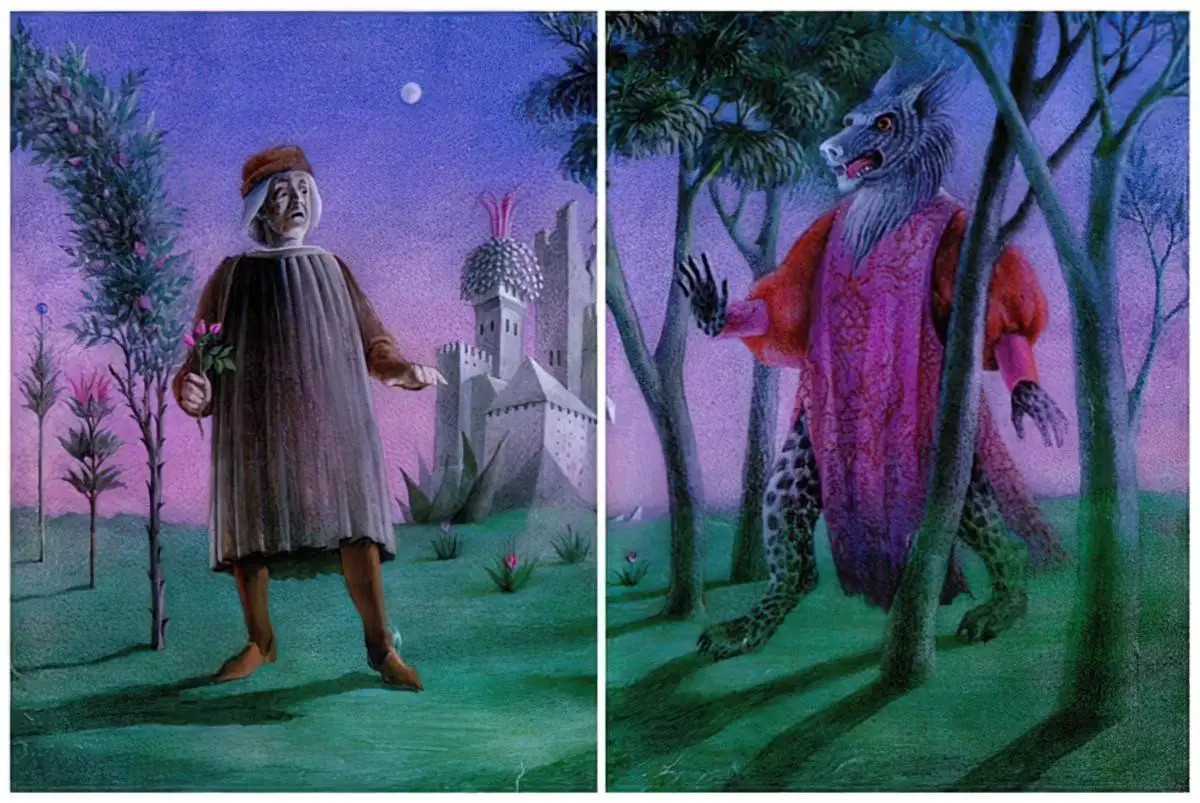
Massive Moons On Book Covers
There’s a graphic design advantage to huge moons as covers — the moon provides a light-coloured circle upon which to showcase the title.
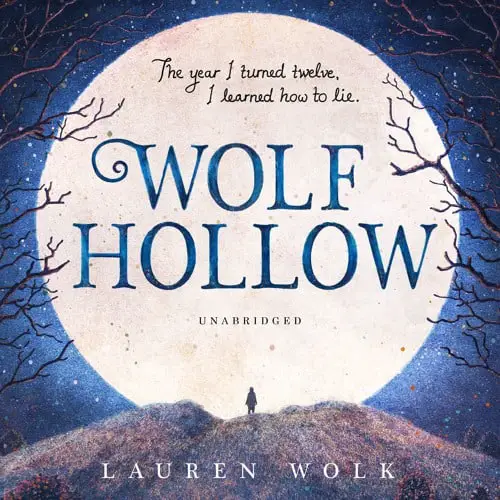
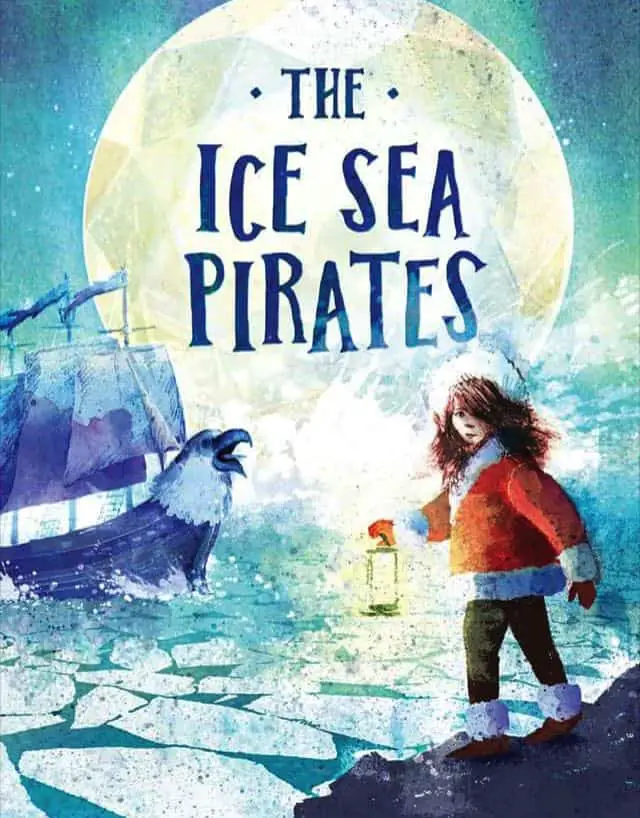
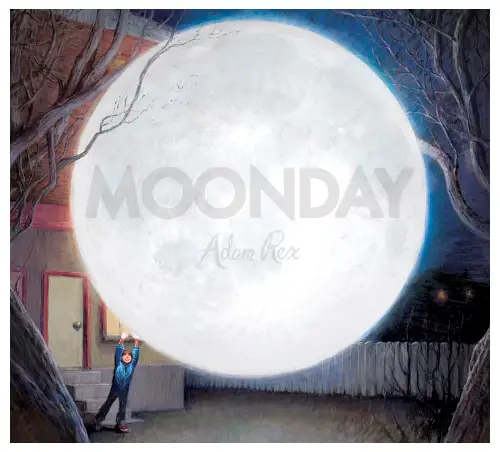
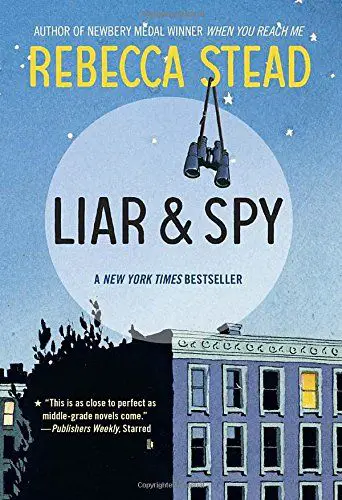
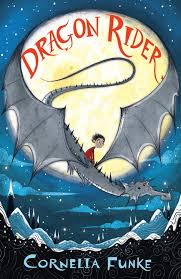
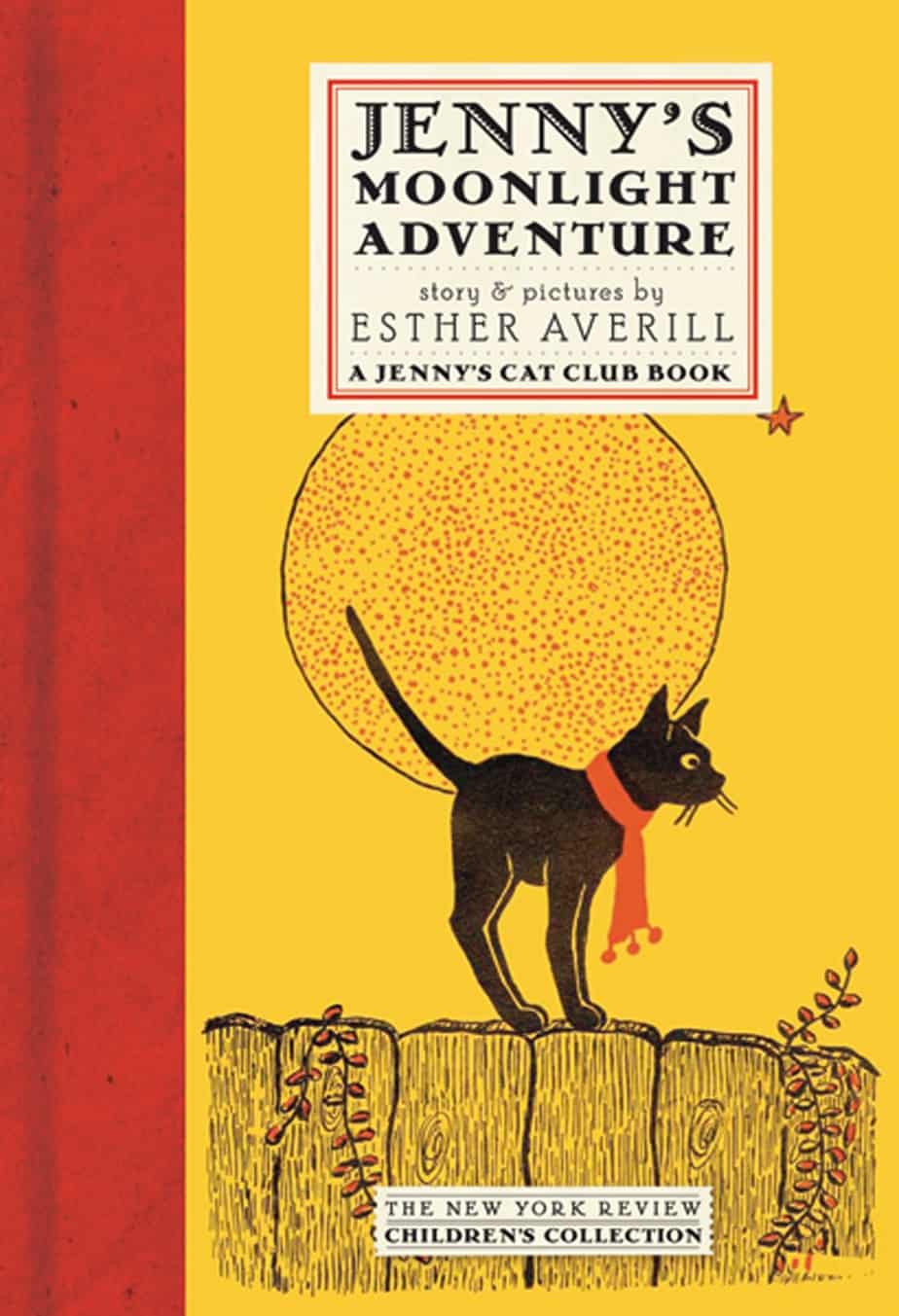
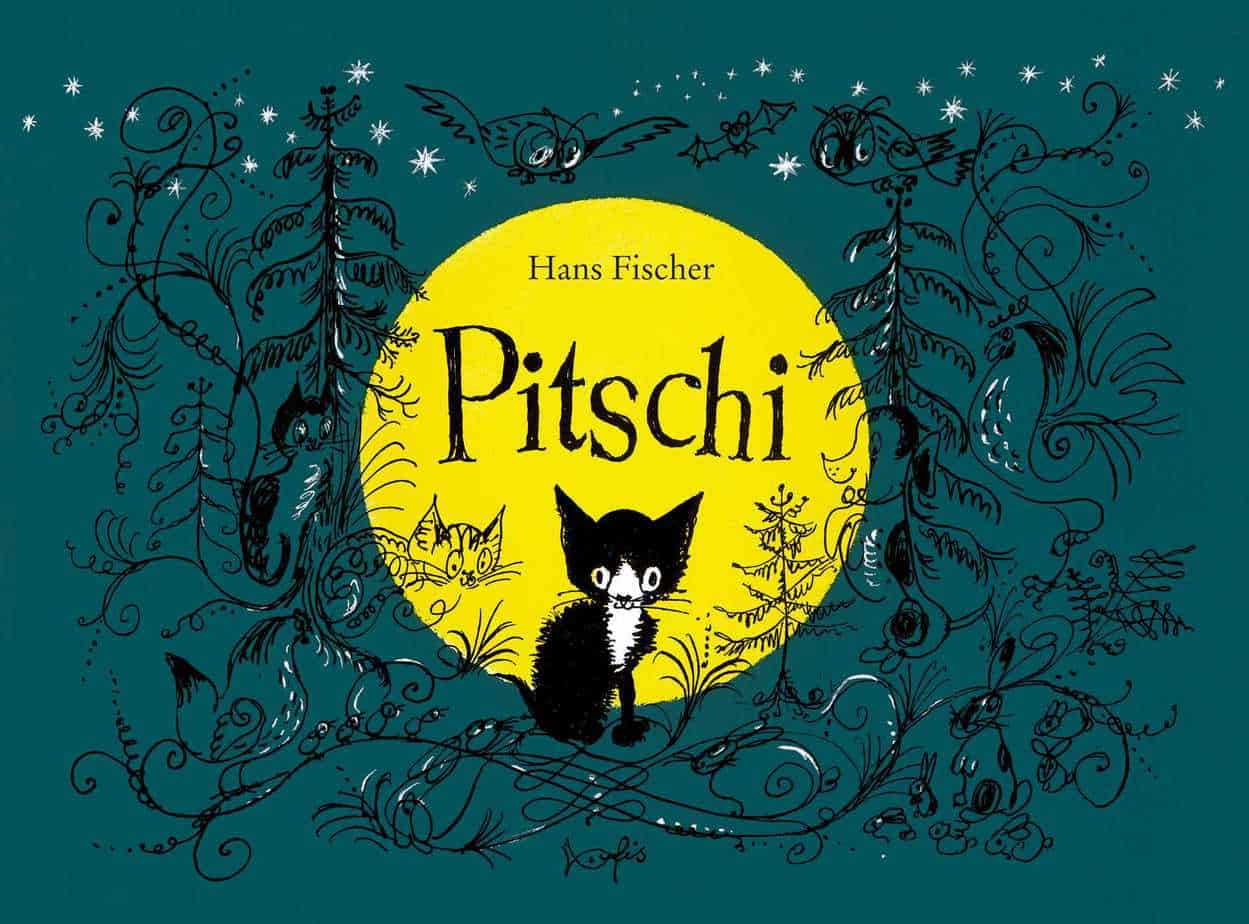
Oversized Moons In Books For Adults
This design feature isn’t limited to kidlit. Adults and teens are also drawn to oversized moons.
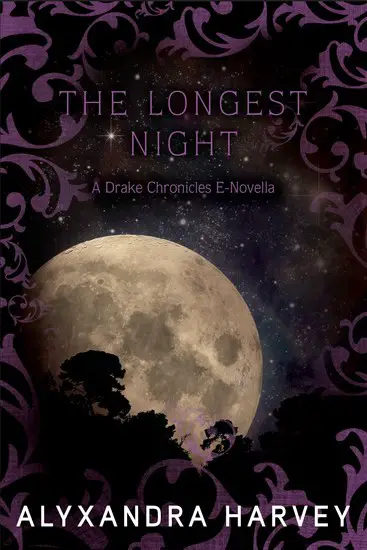
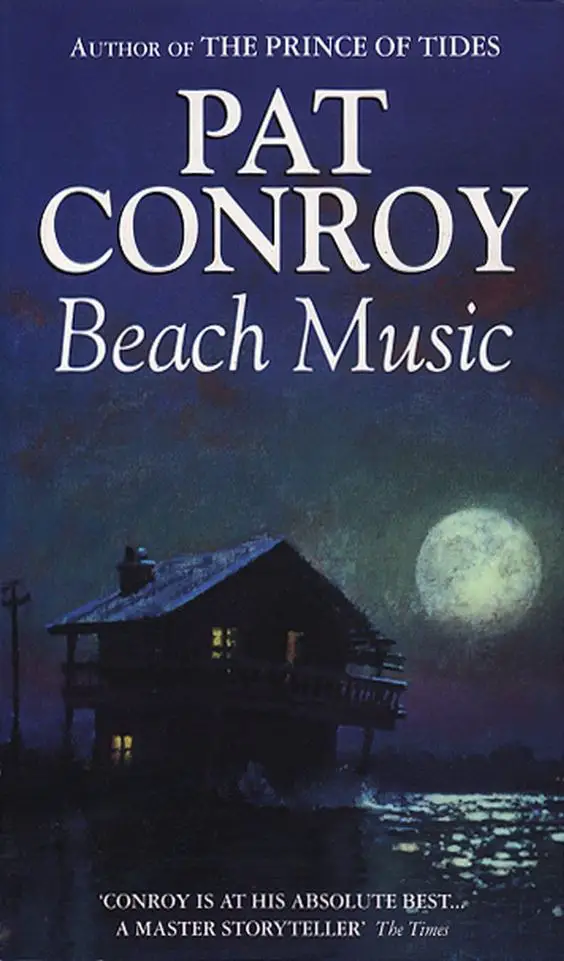
Since Earth is about three times the size of the moon, the Earth from the moon would look about the size of a picture book moon from Earth. I imagine this is about right?
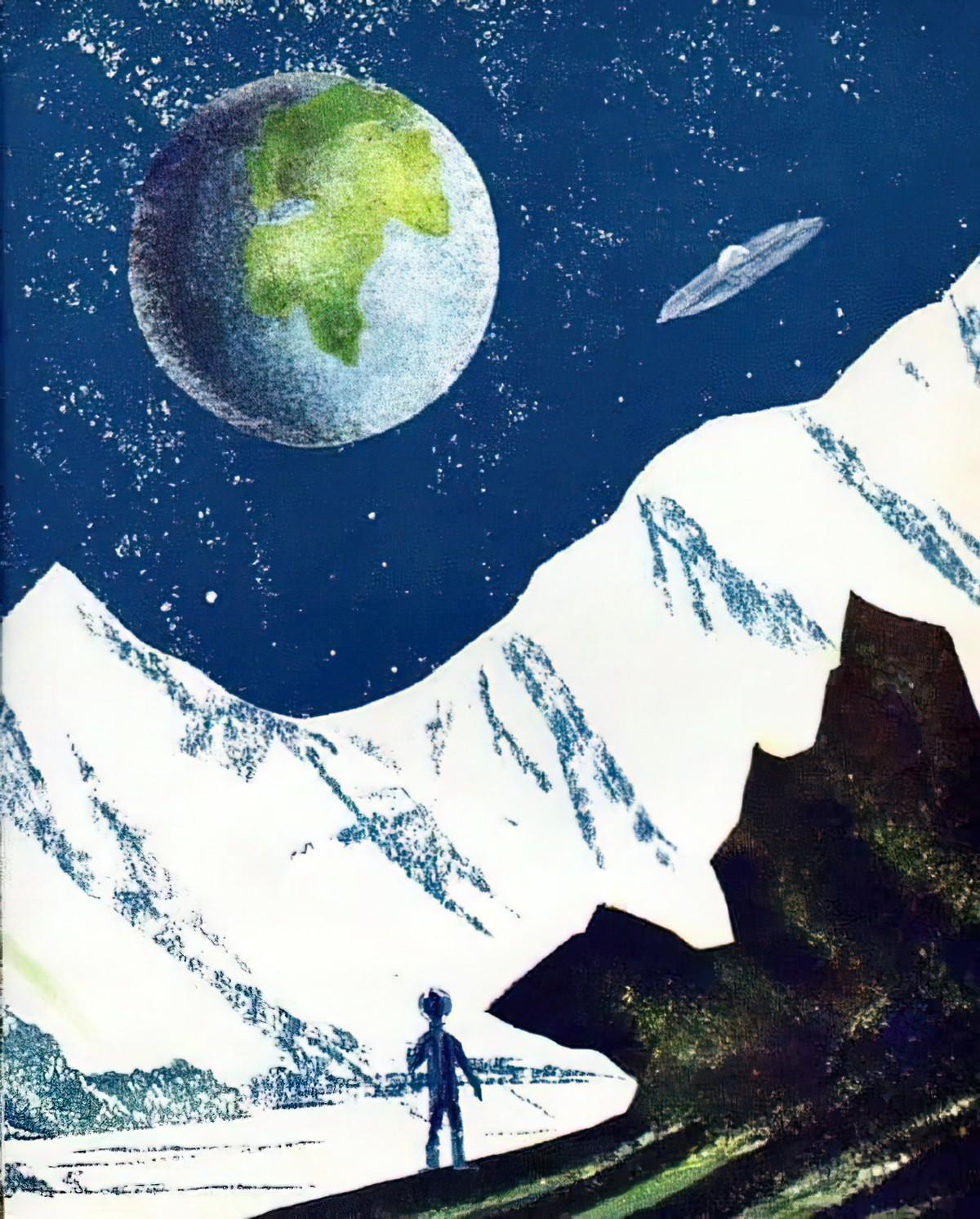
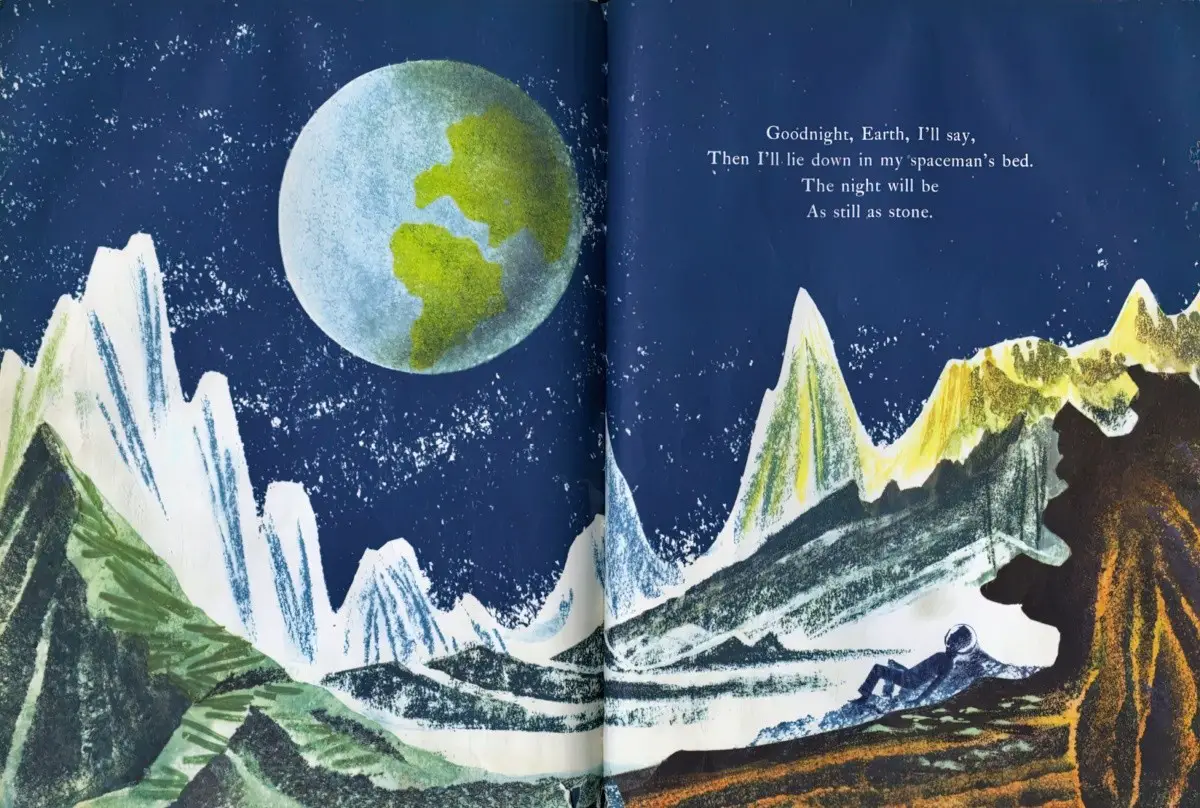
MOON EQUALS NIGHT; SUN EQUALS DAY
Here’s something you won’t easily find in fictional picture books: The moon out during the daytime. In picture books — as well as in comics, film and movies — you’ll find that the moon signifies the night.
Even our hand held technology reinforces this binary. Various apps on my phone use a crescent moon as the symbol for ‘night mode’, even though the moon is not visible every night and even though it is sometimes visible during the day.
Why is the moon visible during the day? It’s one of those questions you think you know the answer to until a child asks you. Then you might find you need to go look it up. Here’s a YouTube video for just such an occasion.
Moon As Part Of The Picture
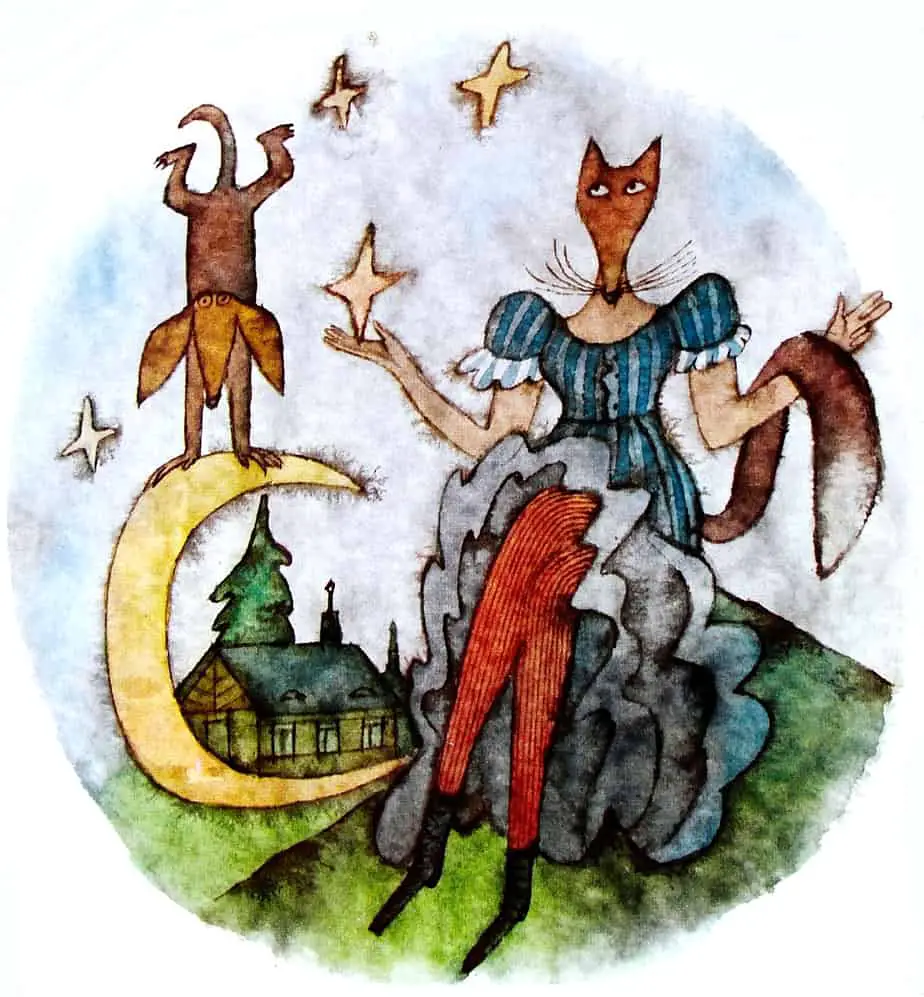
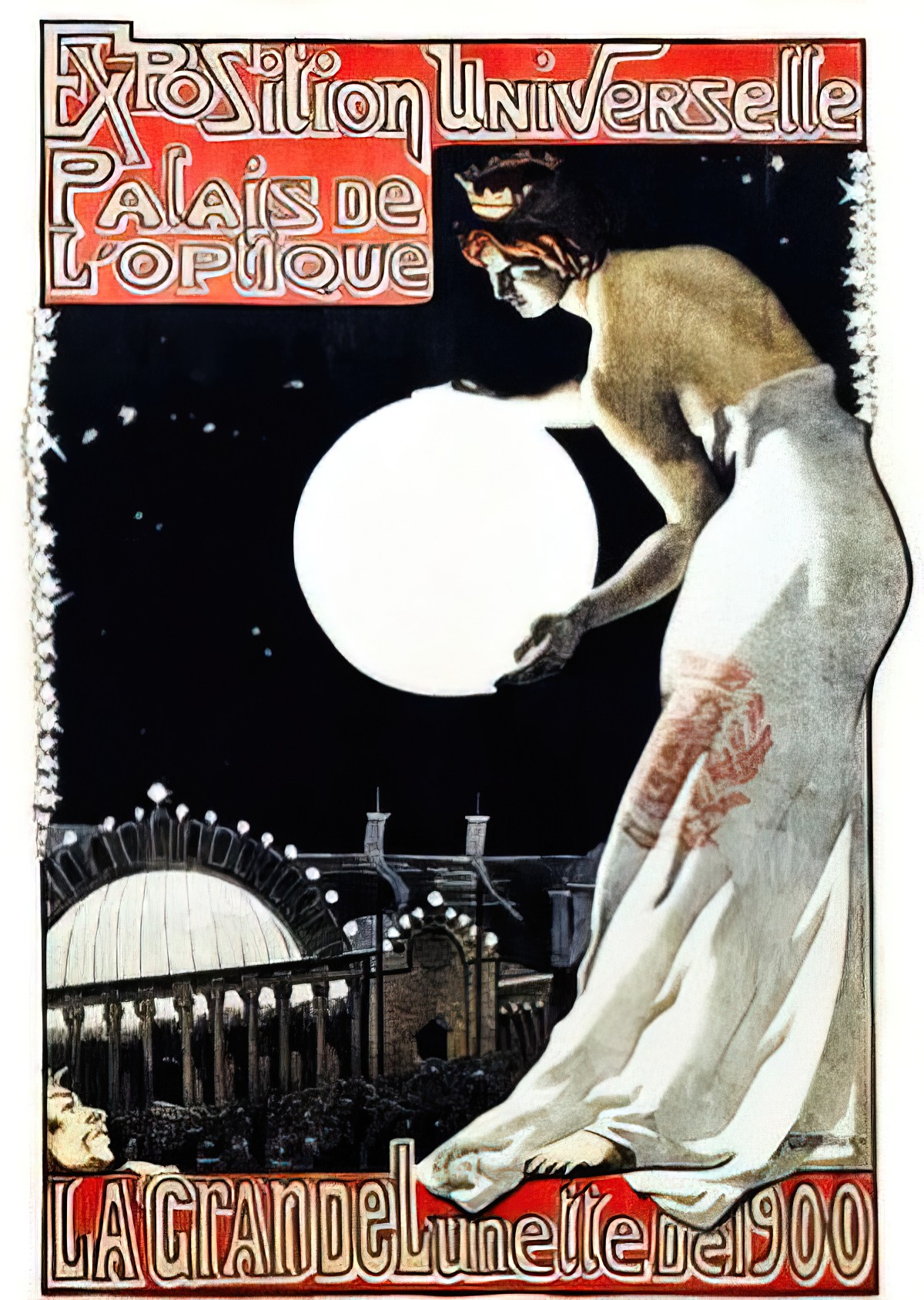
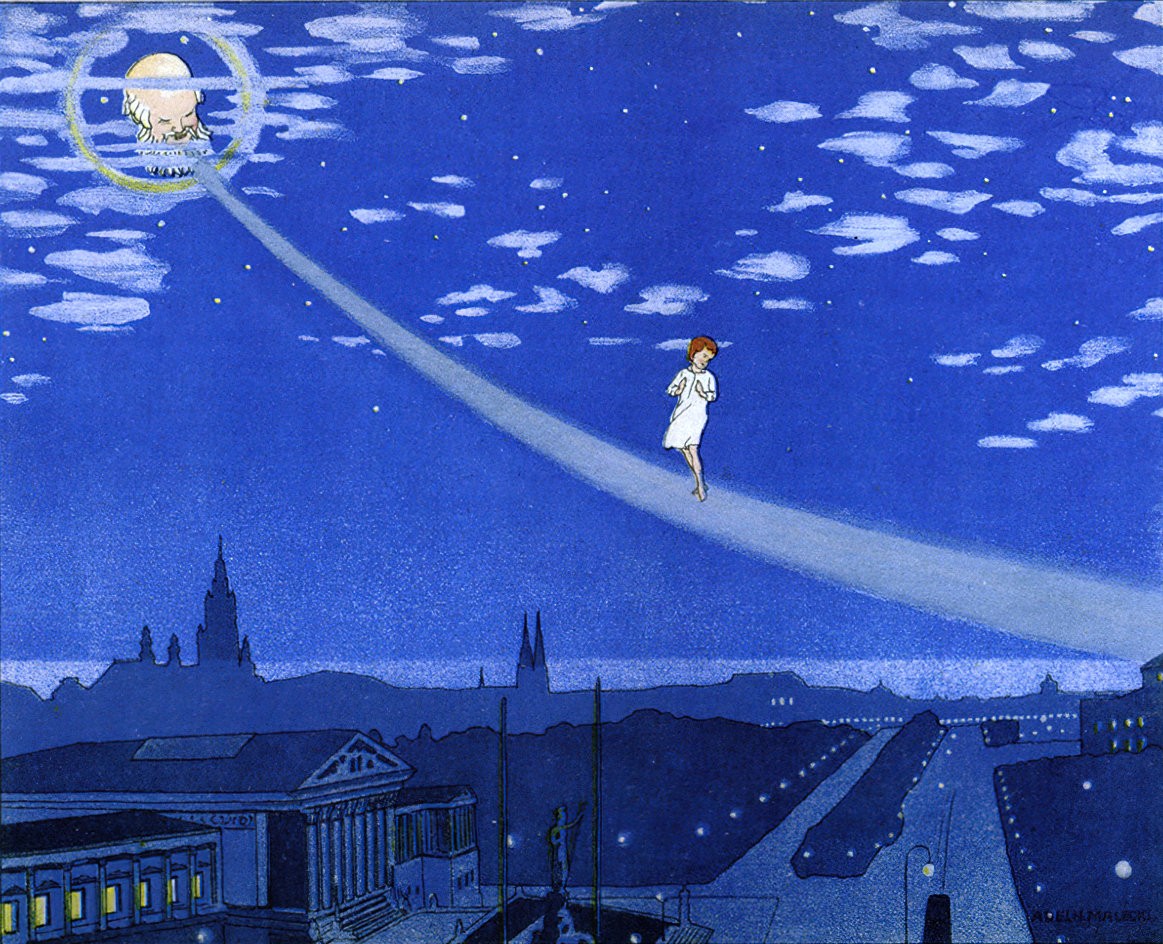
Related Links
The Rule of Oversized Moons In Picturebooks — moons in picture books tend to be much bigger than in real life.
The Colour Of Sky — tell young artists, it’s not always blue!
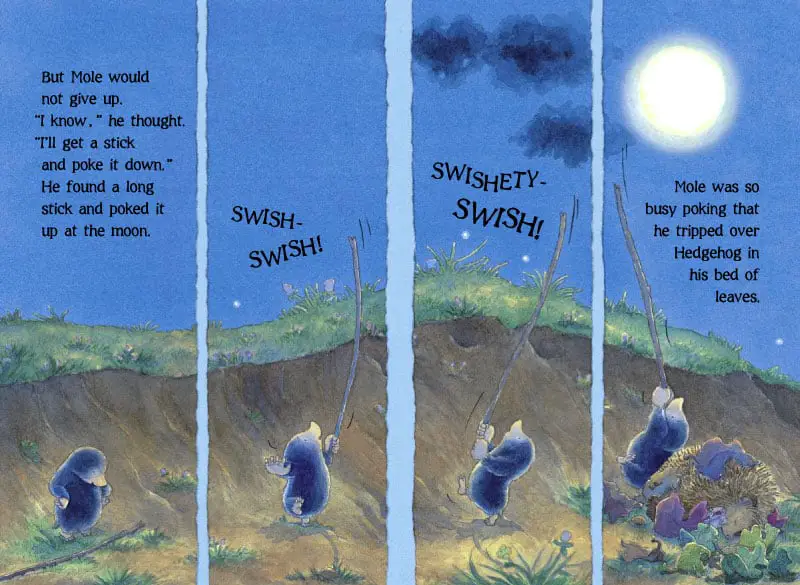
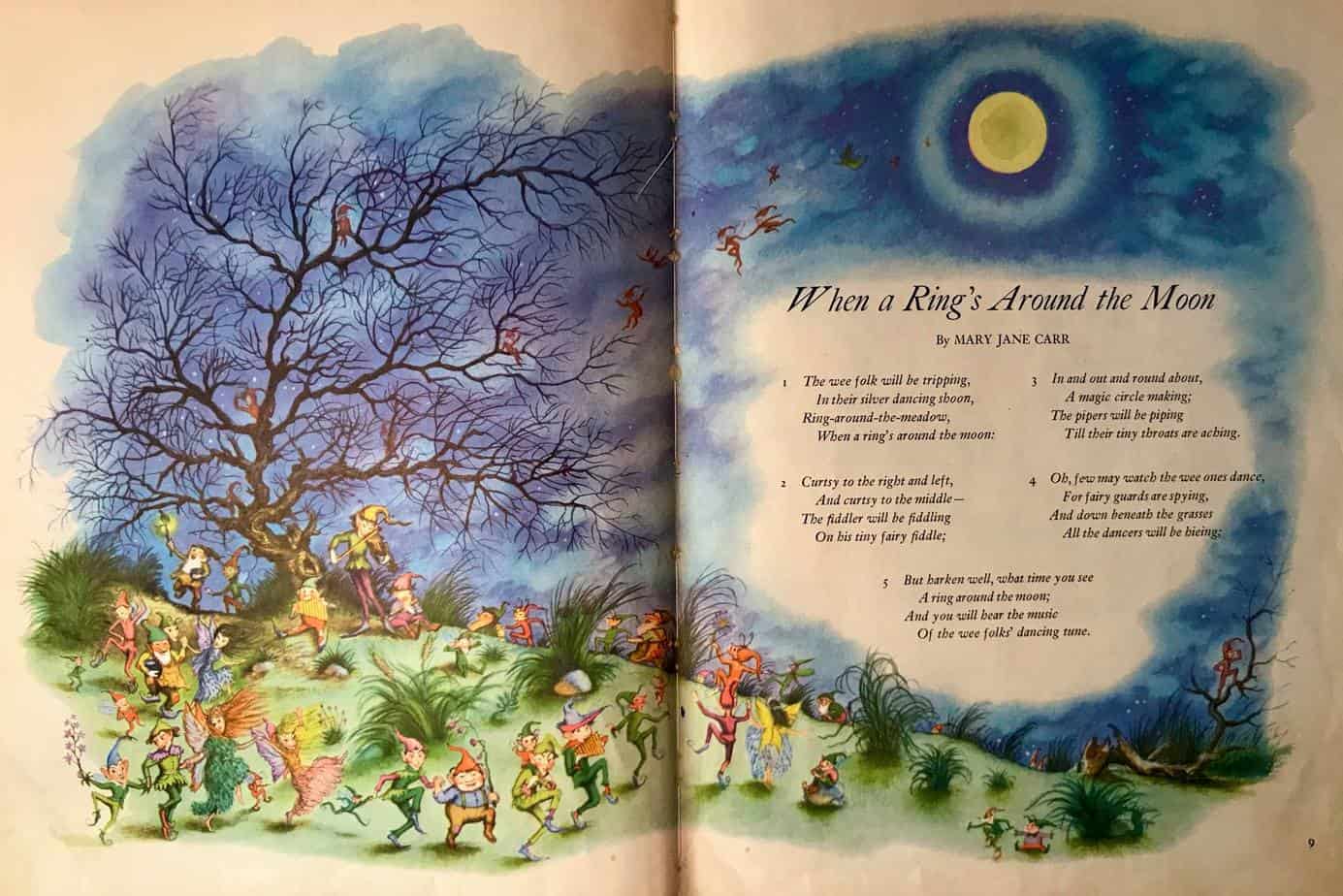
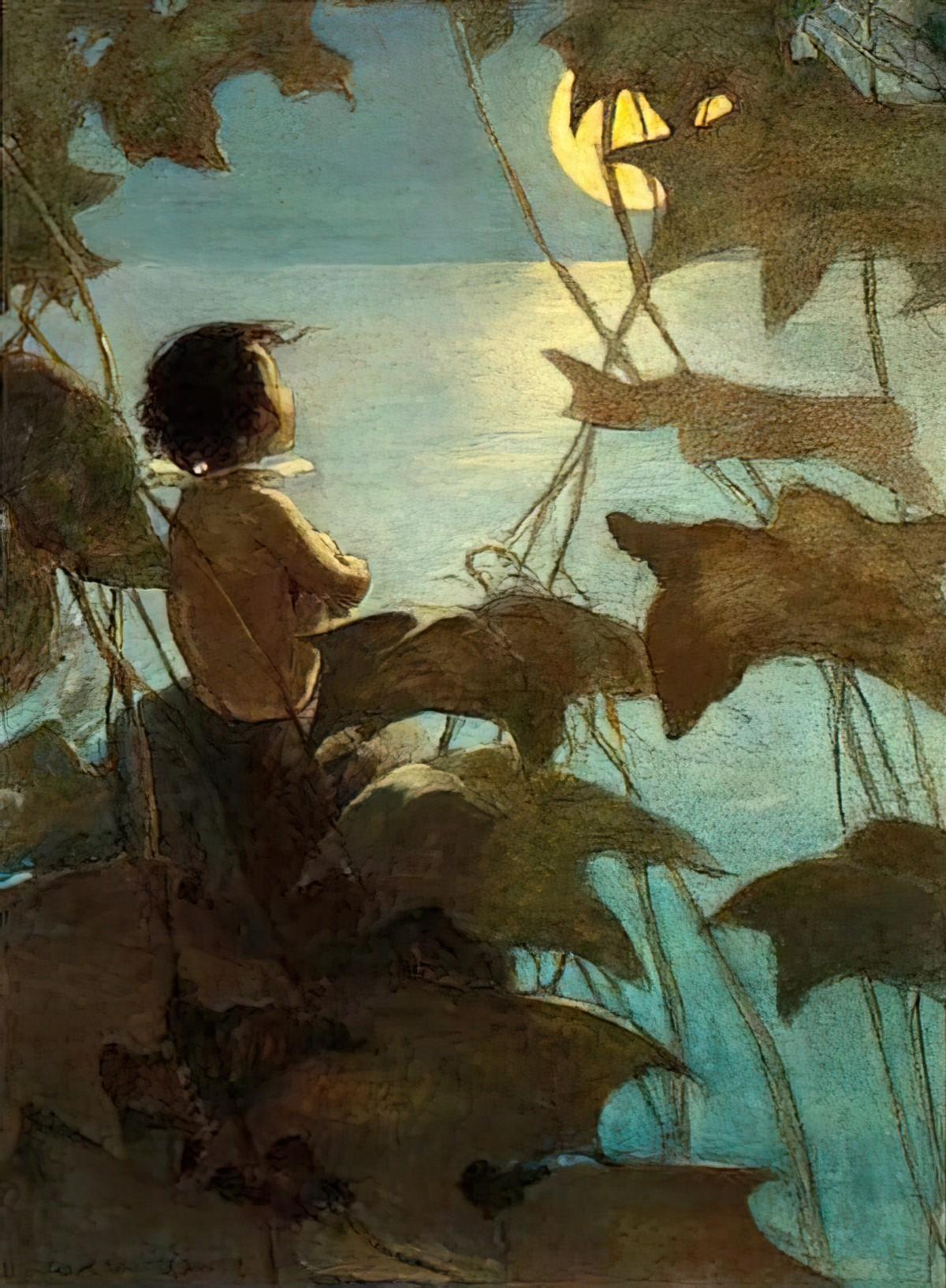
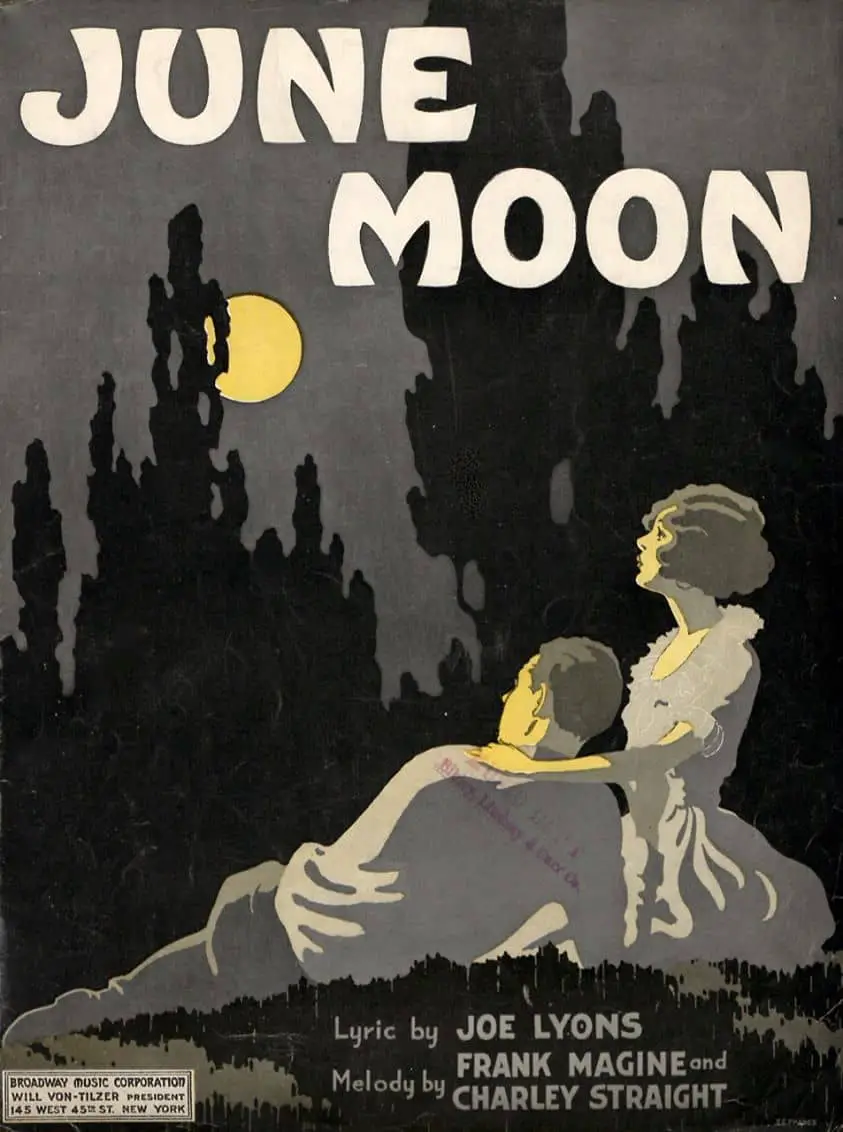
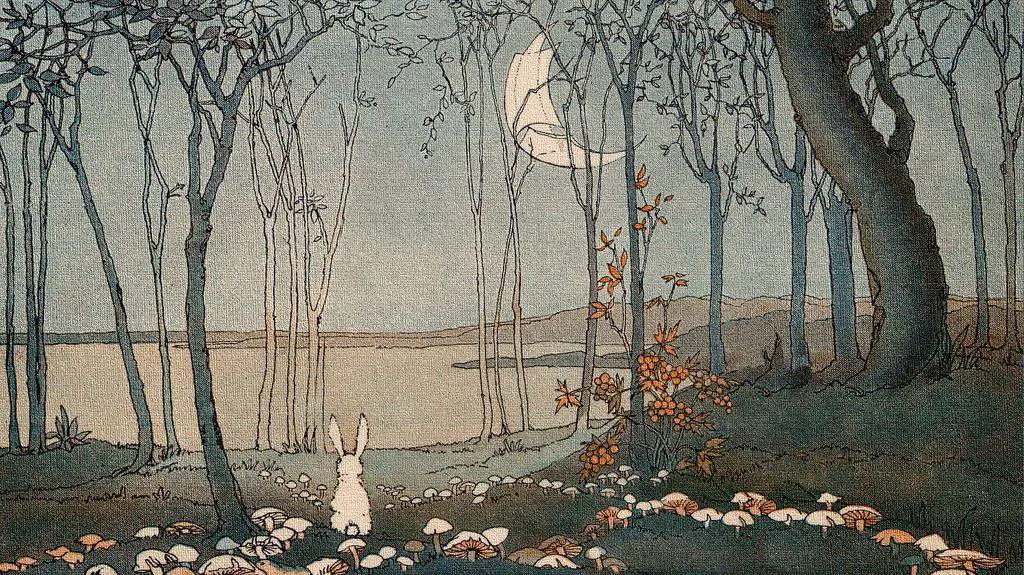
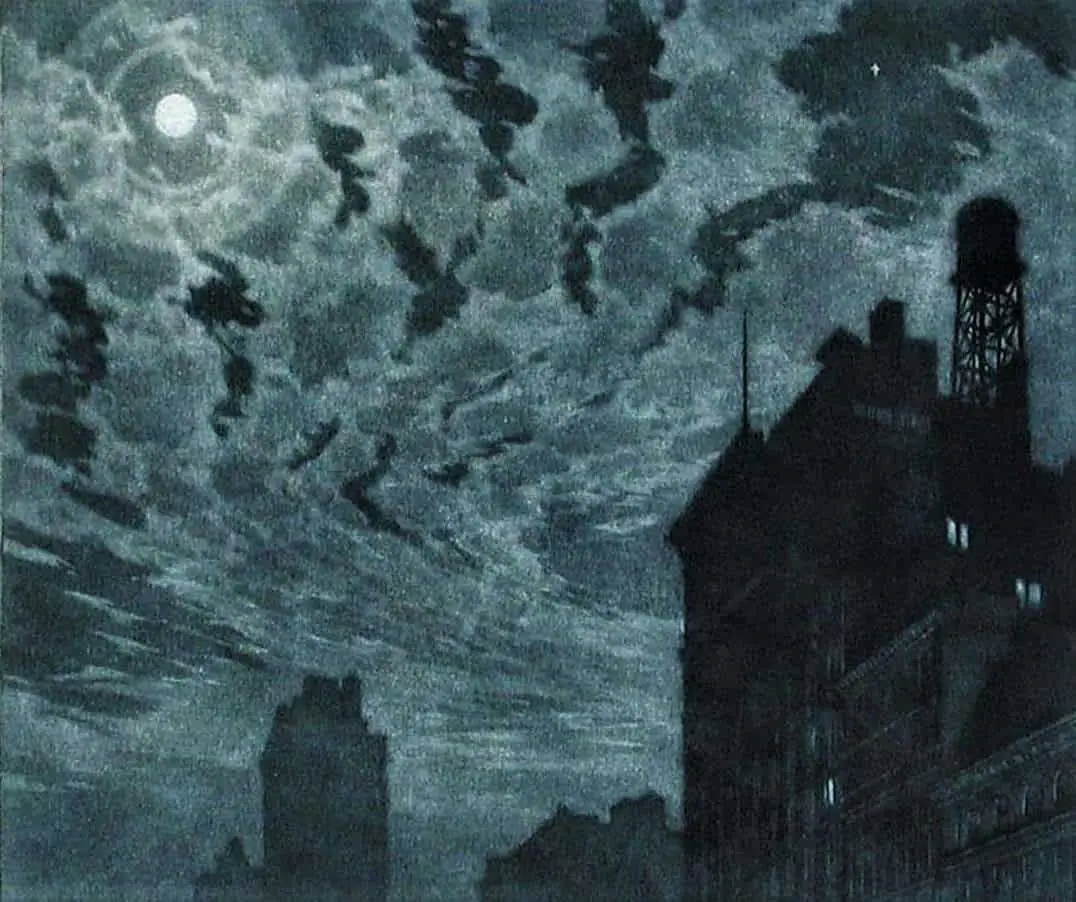
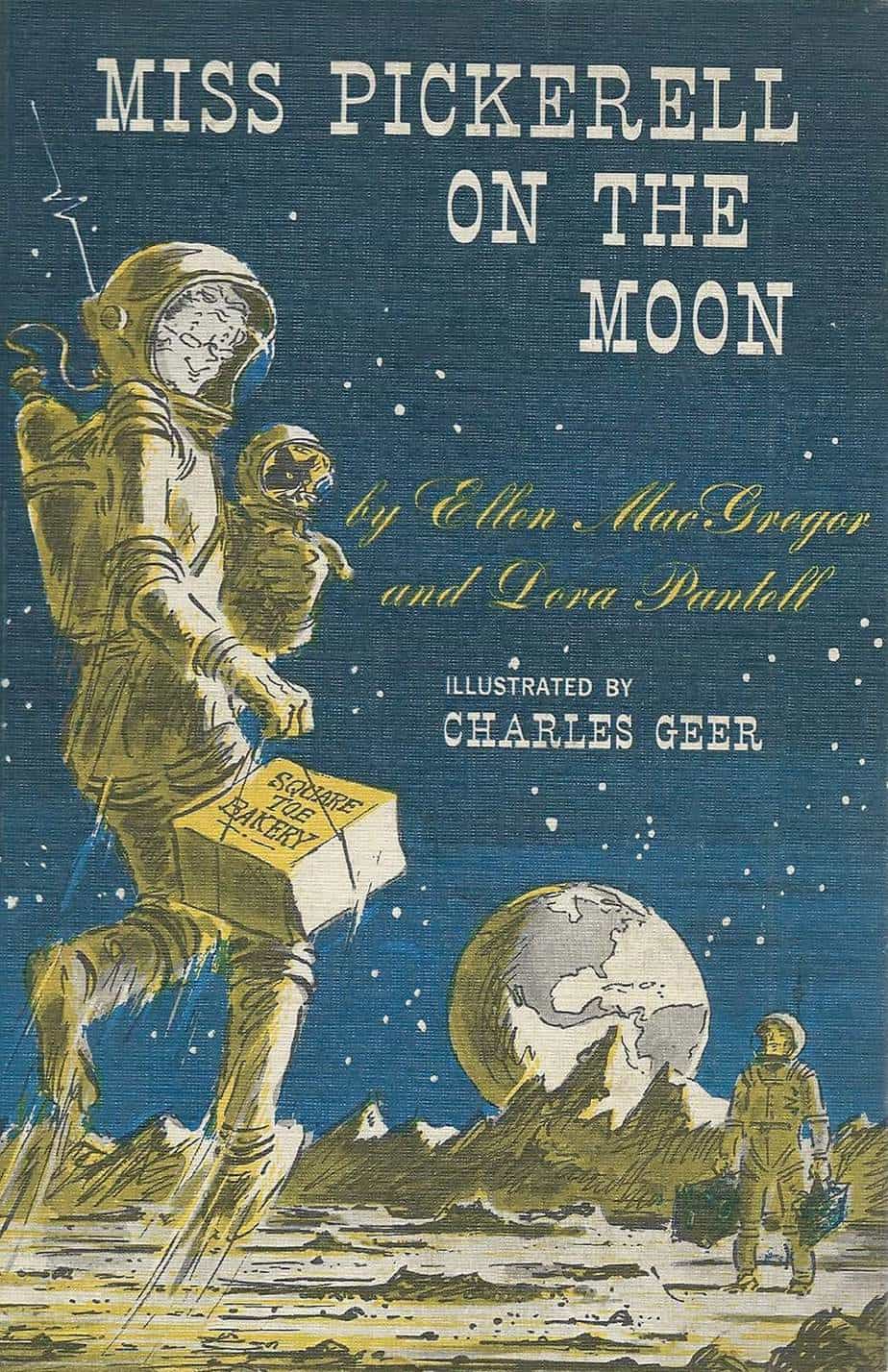
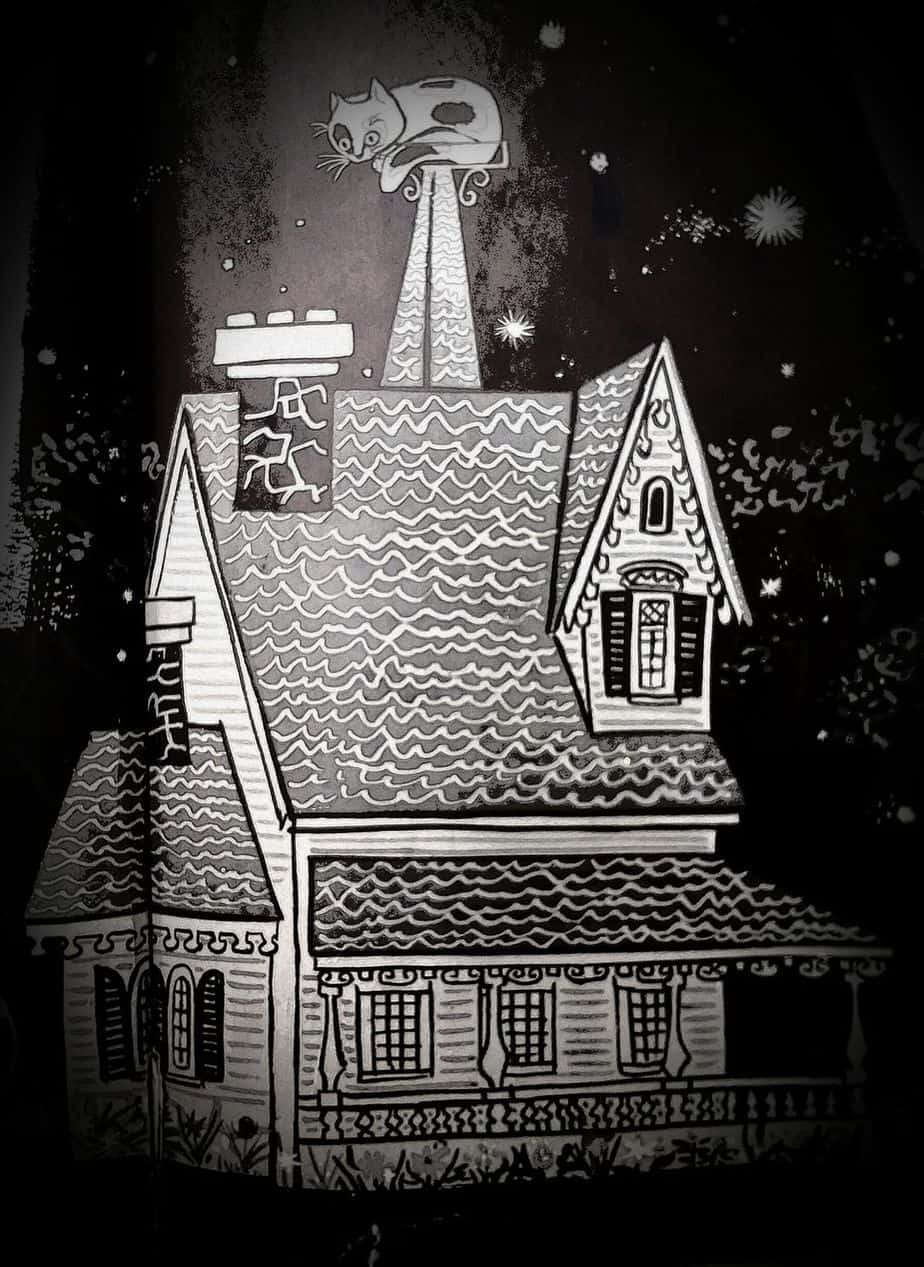
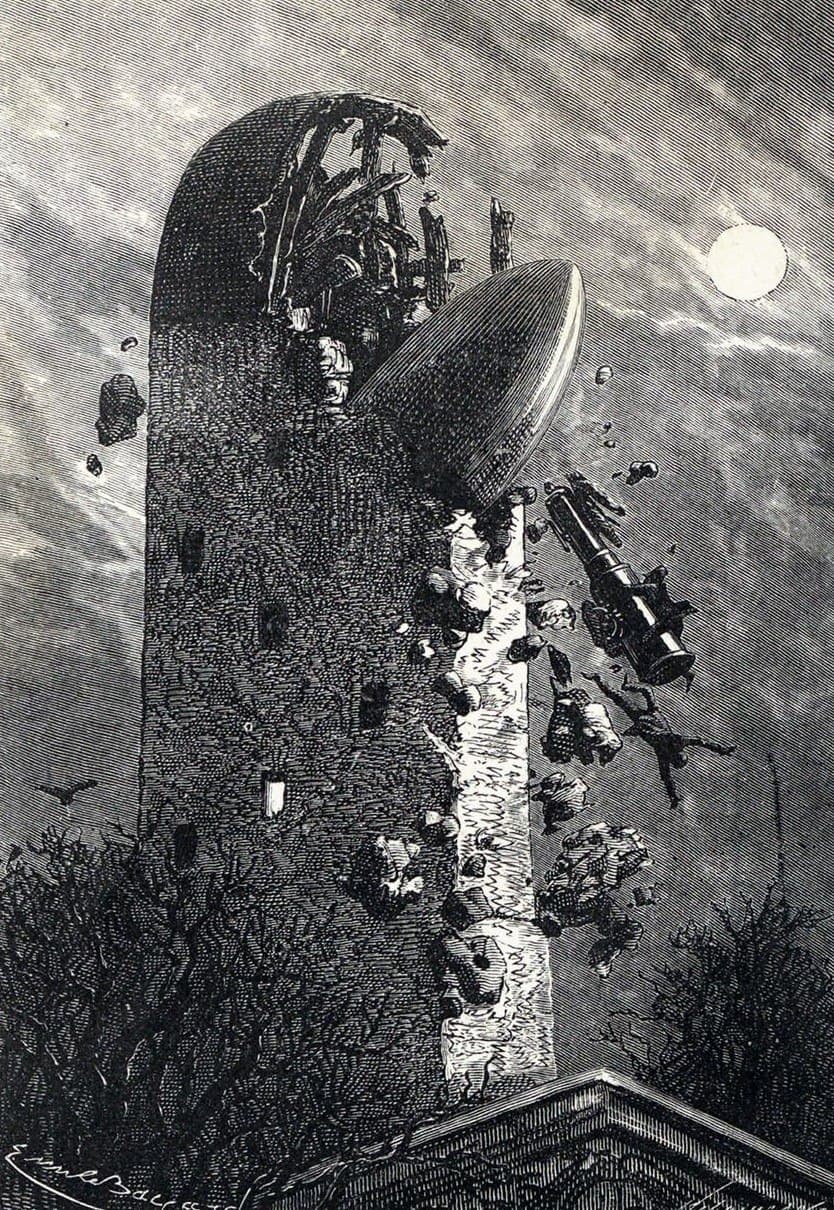
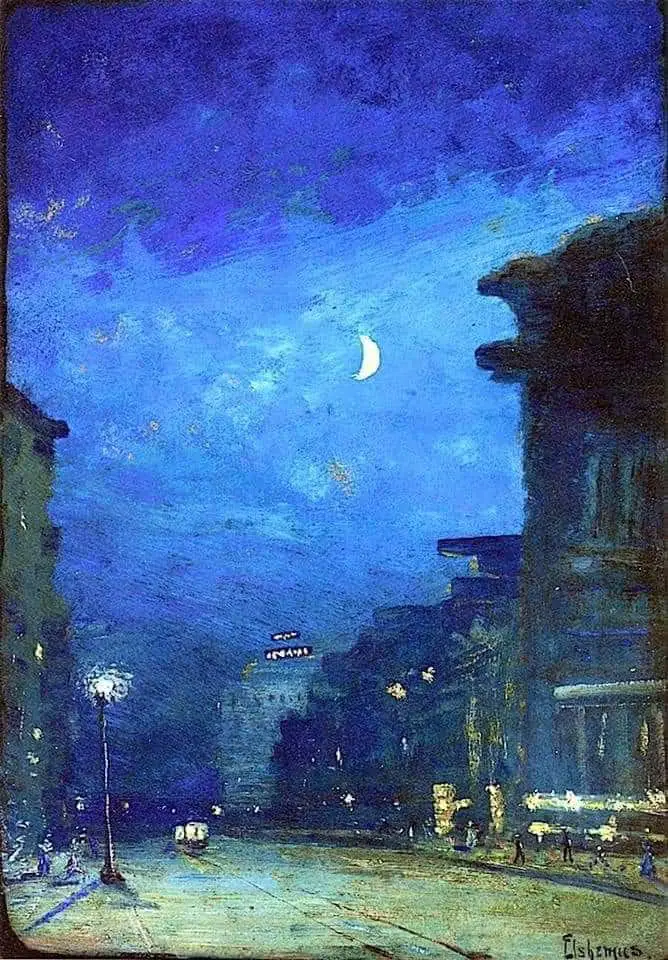
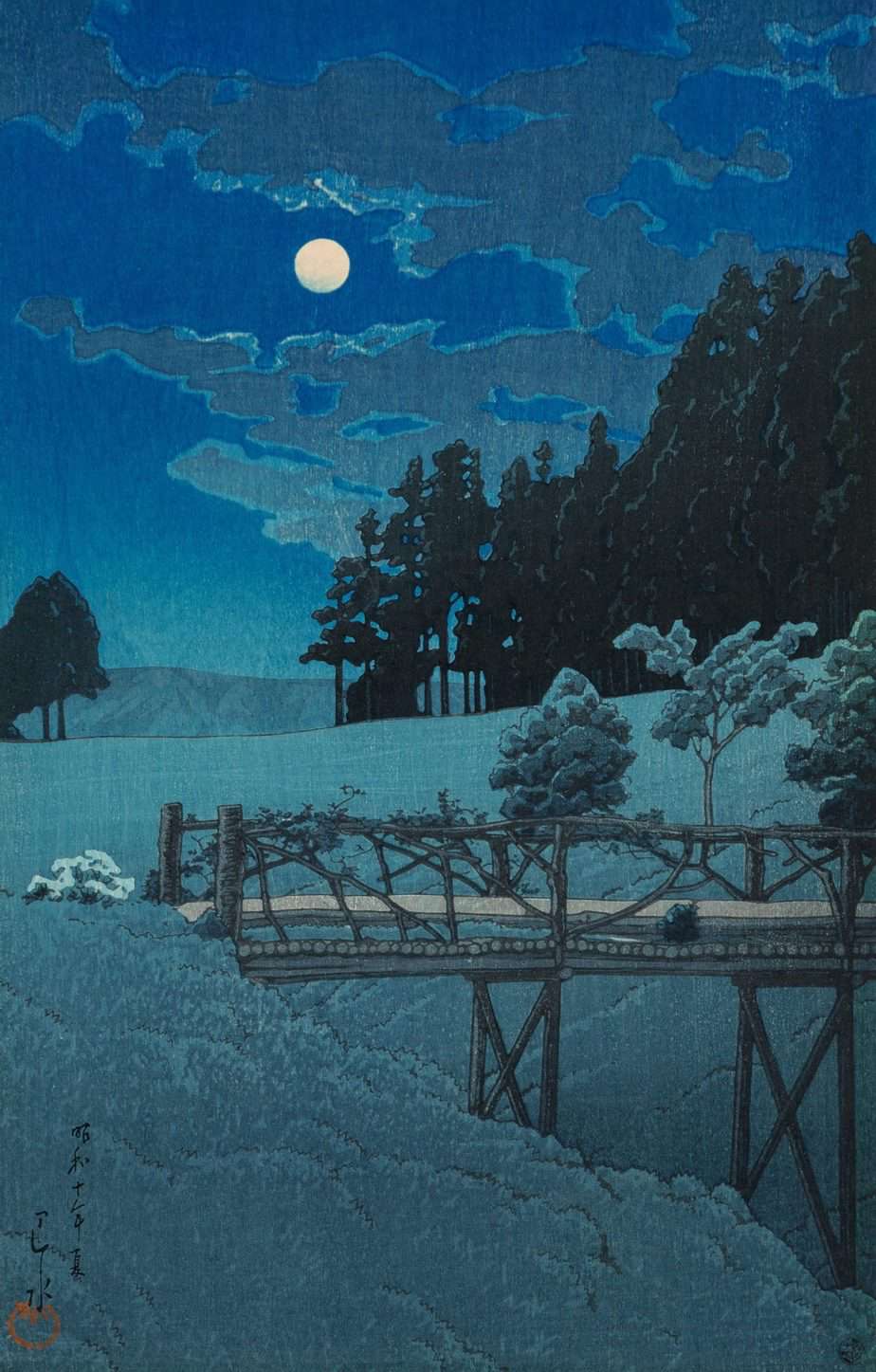
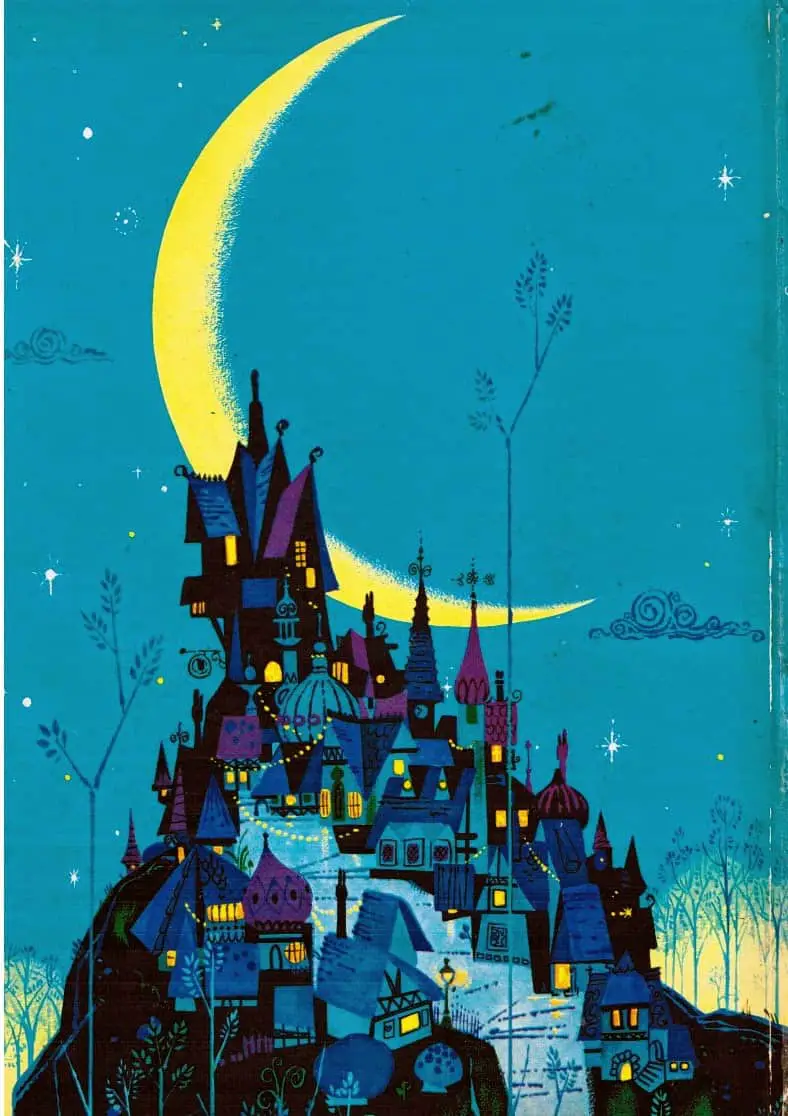
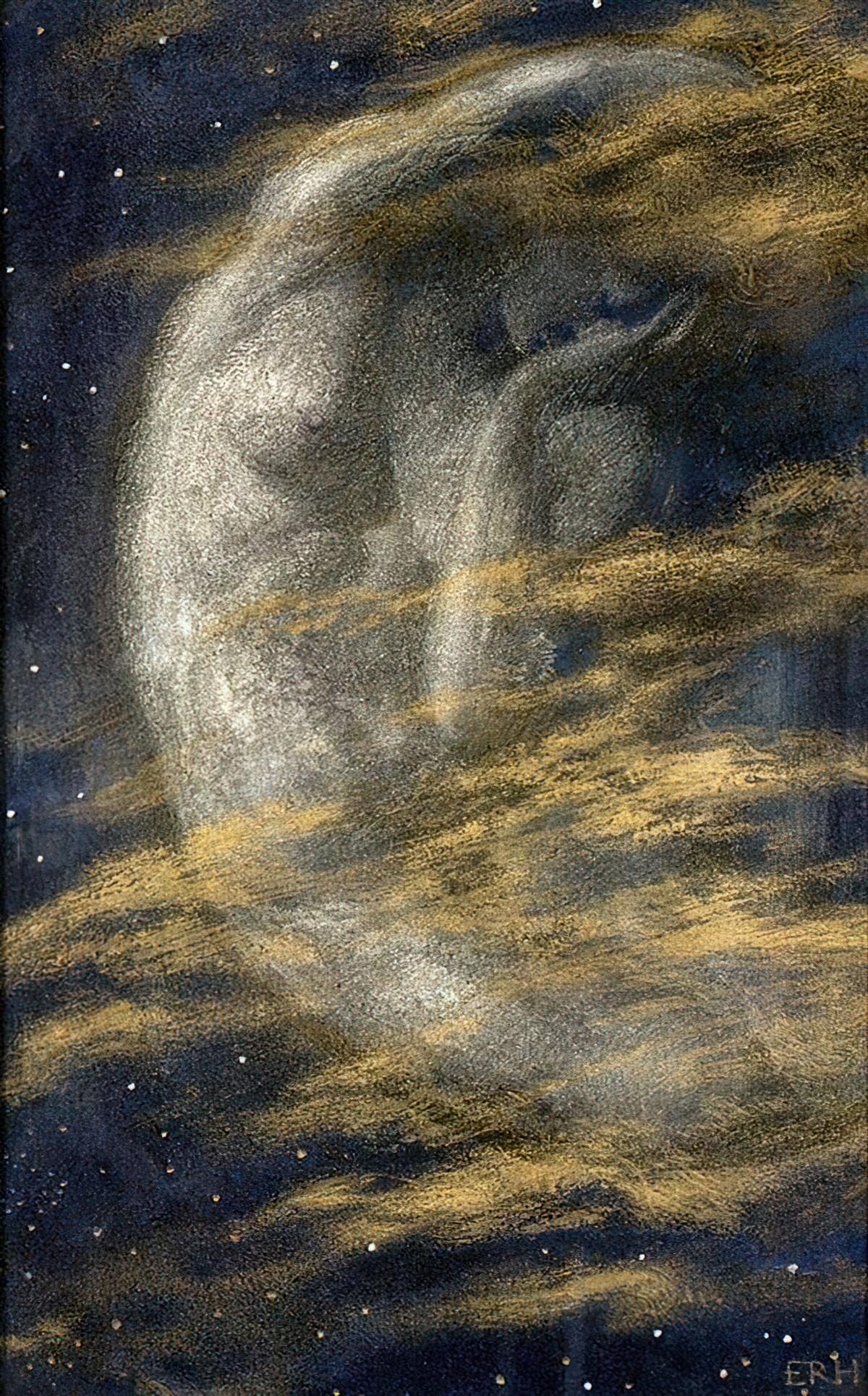
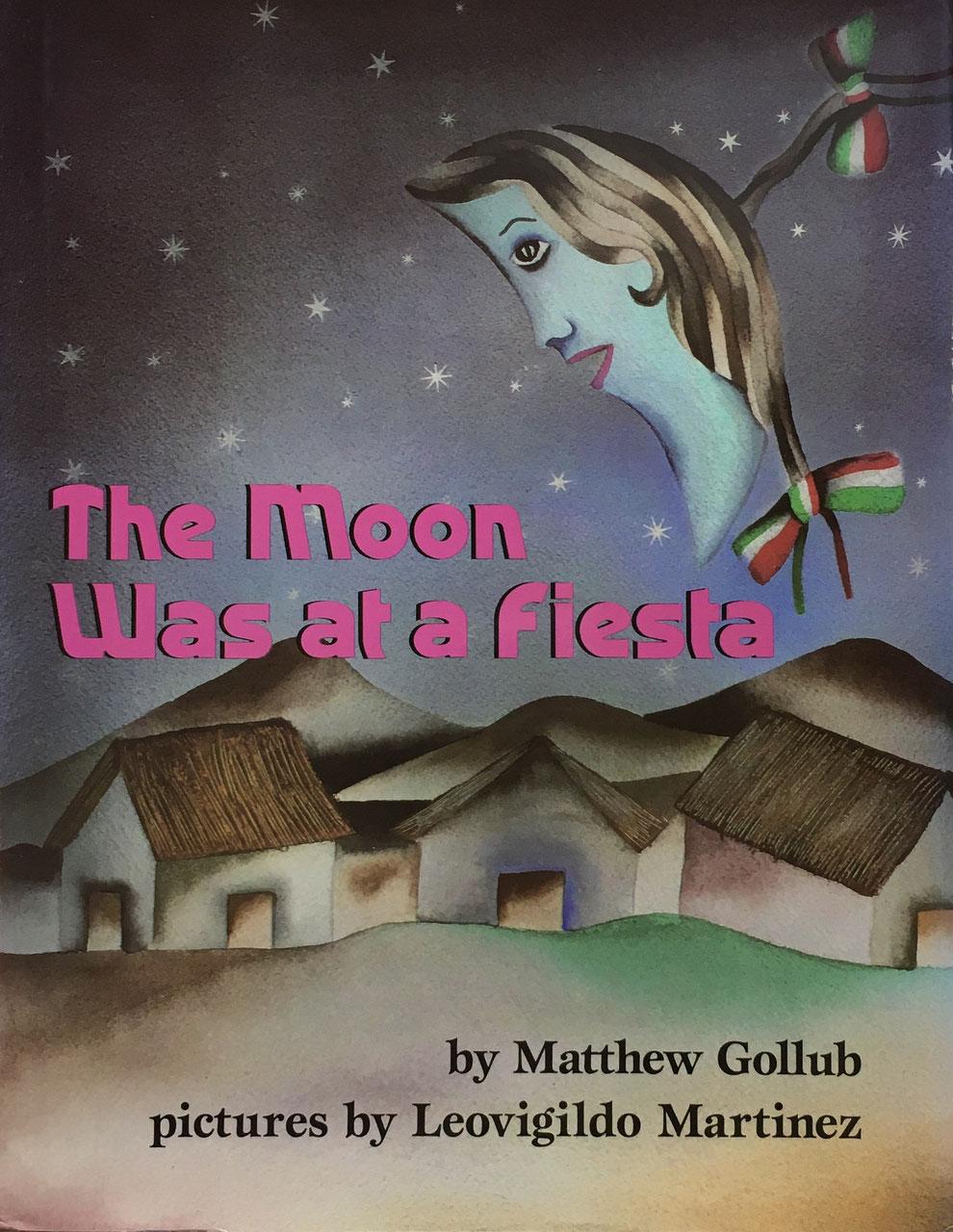
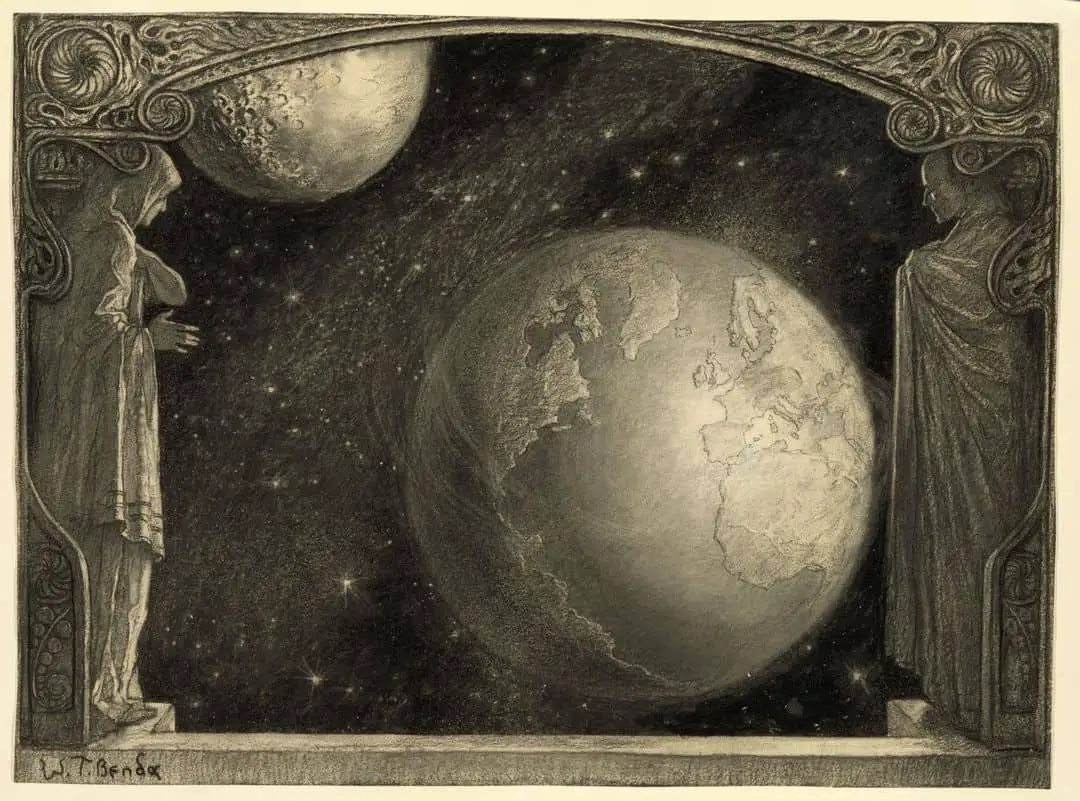
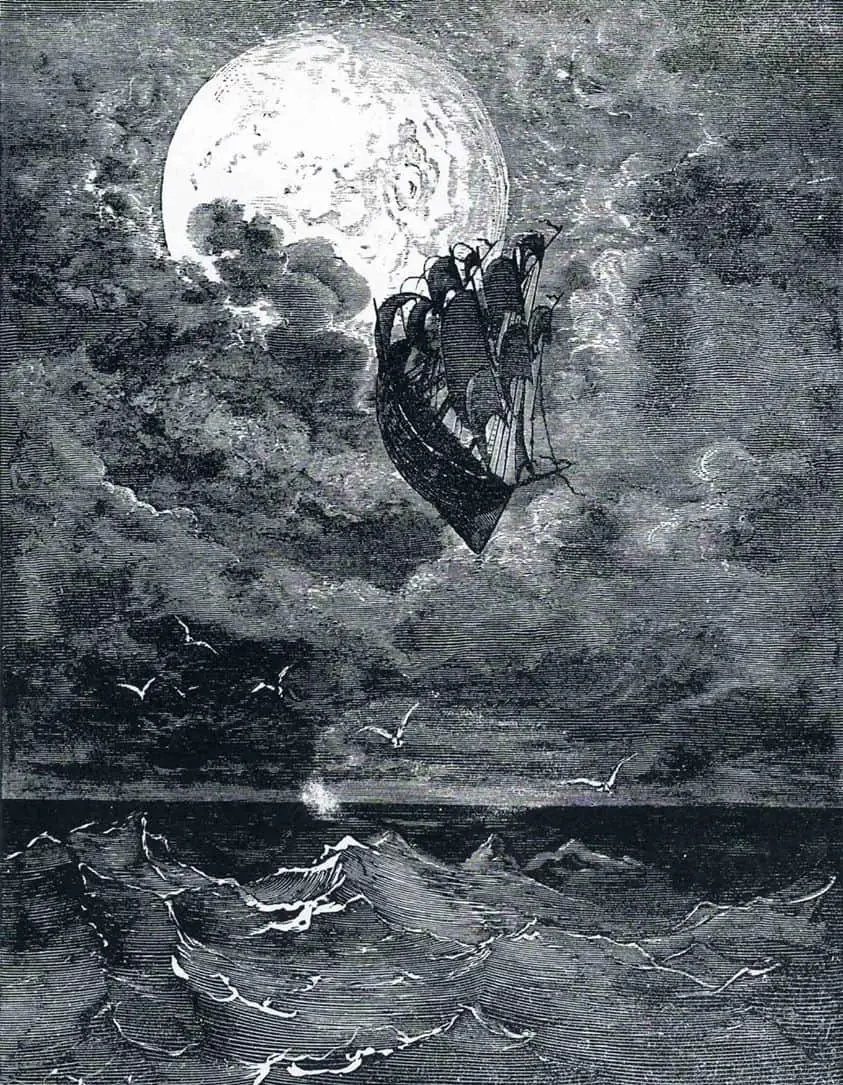
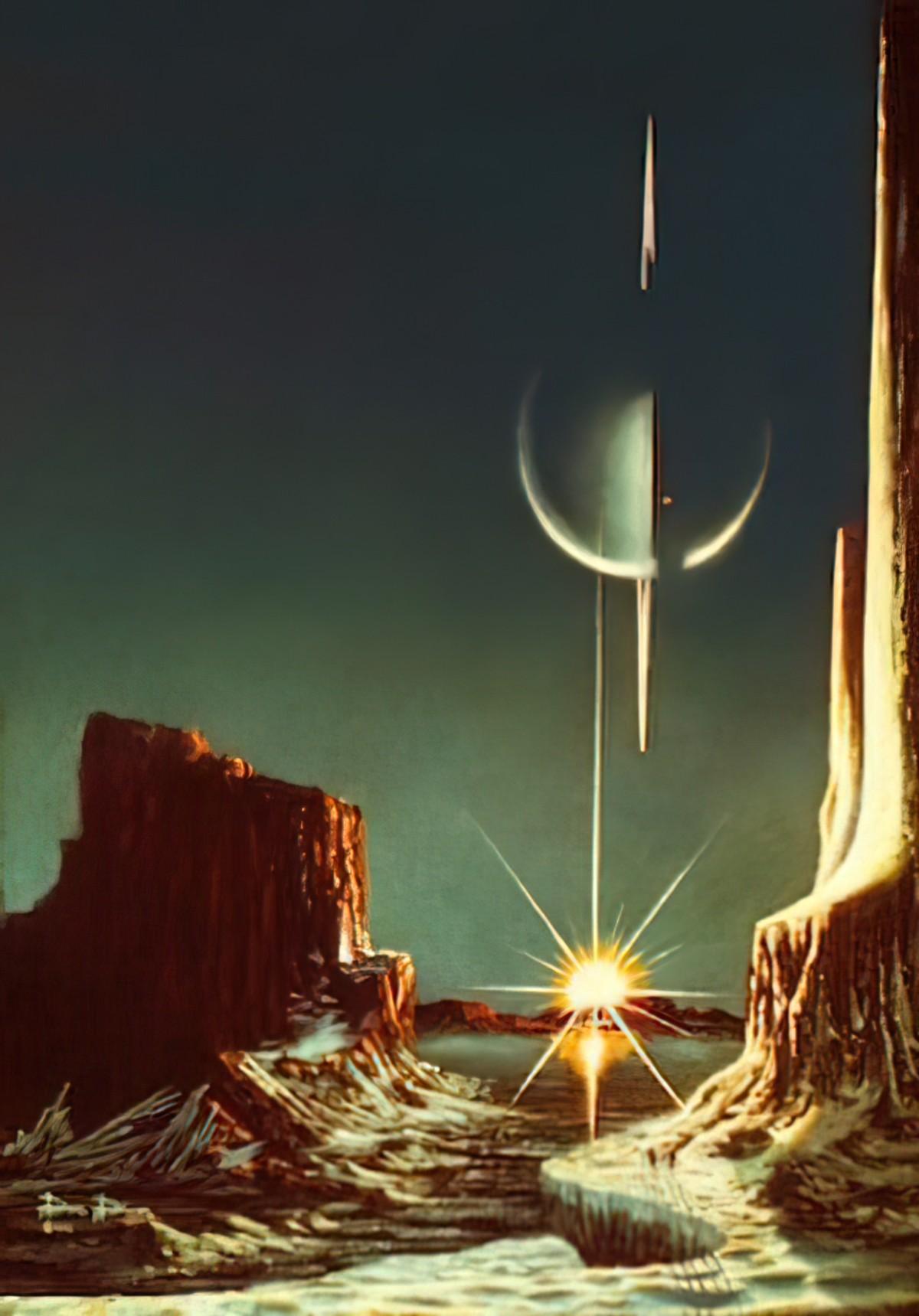
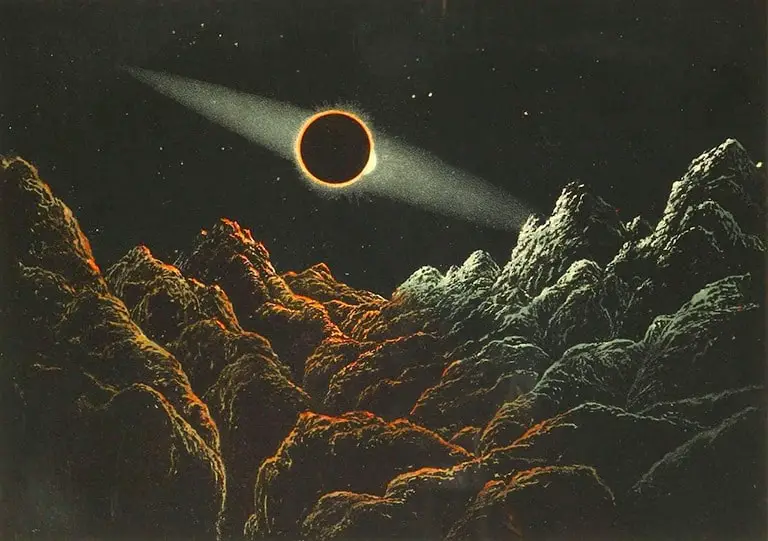
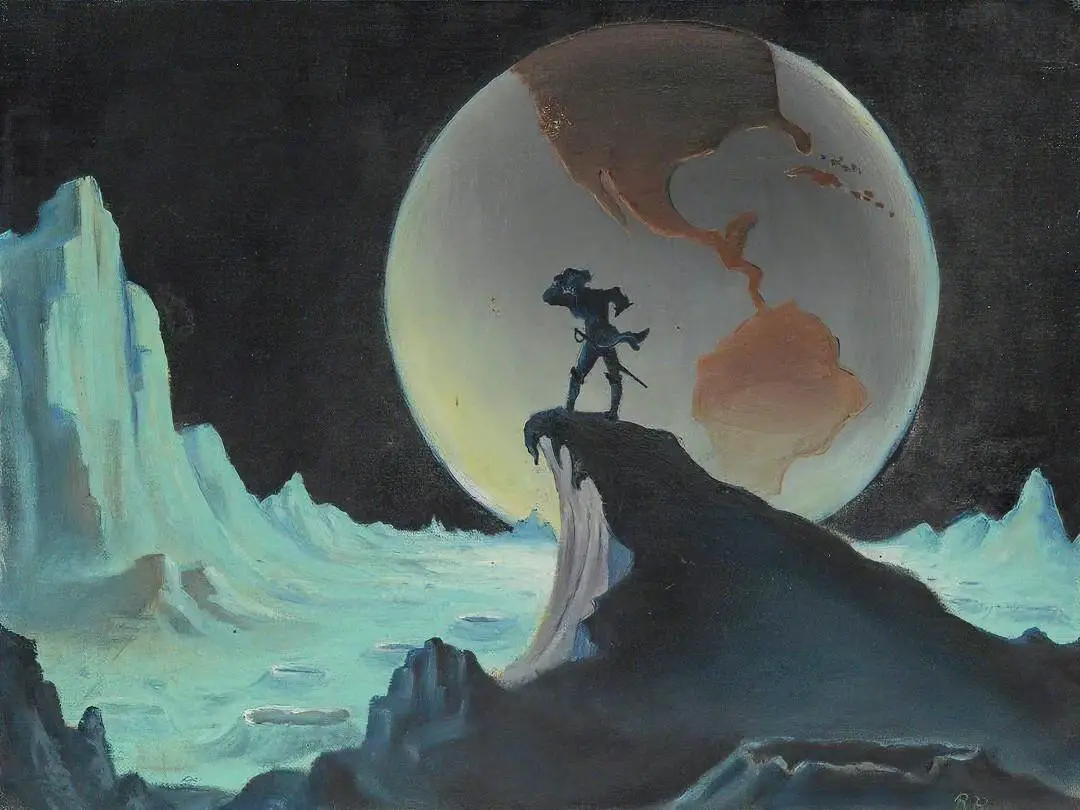
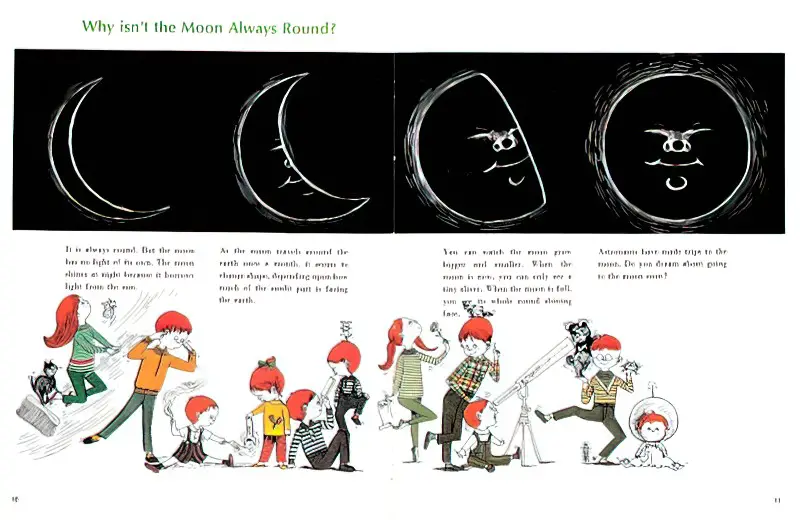
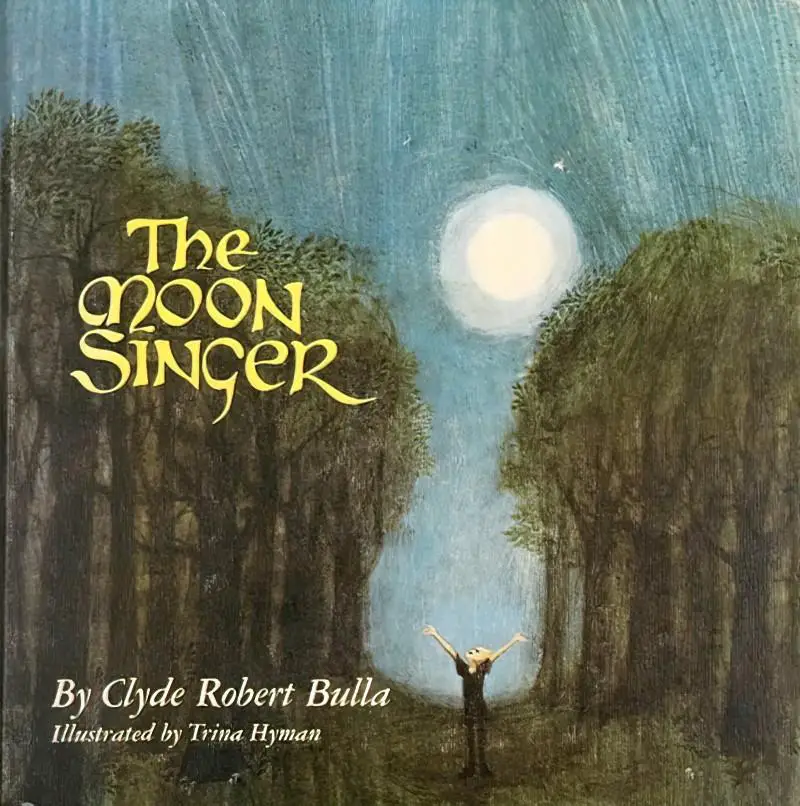
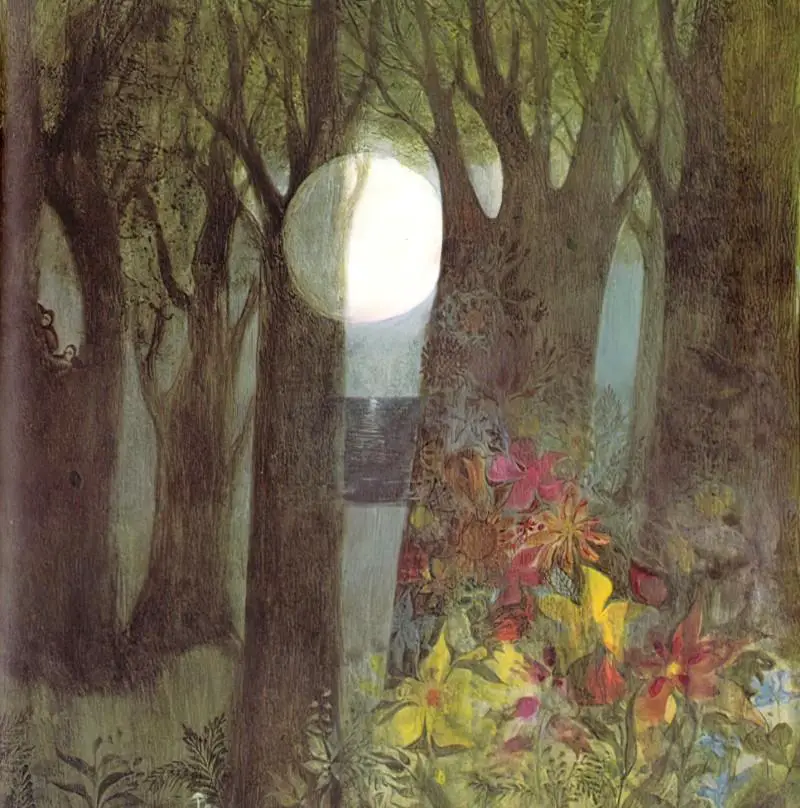
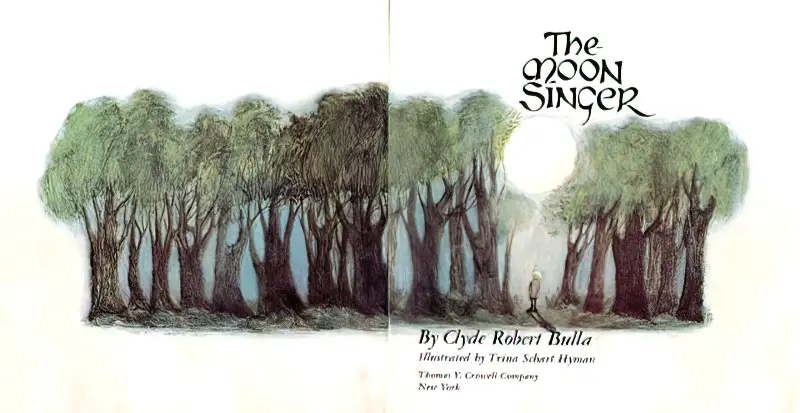
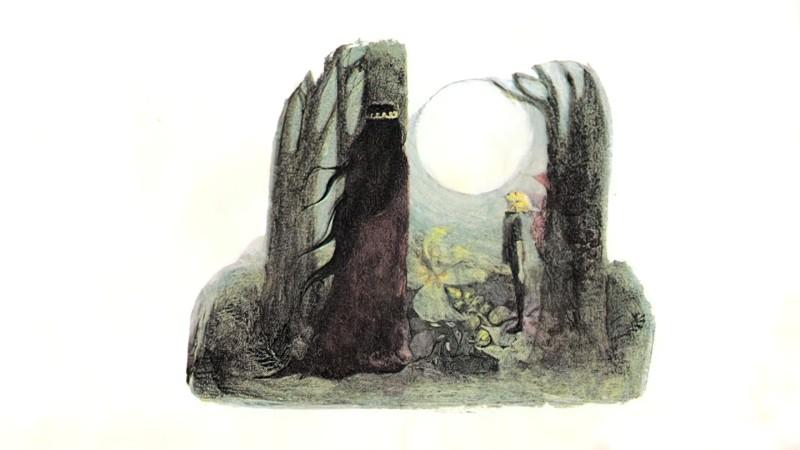
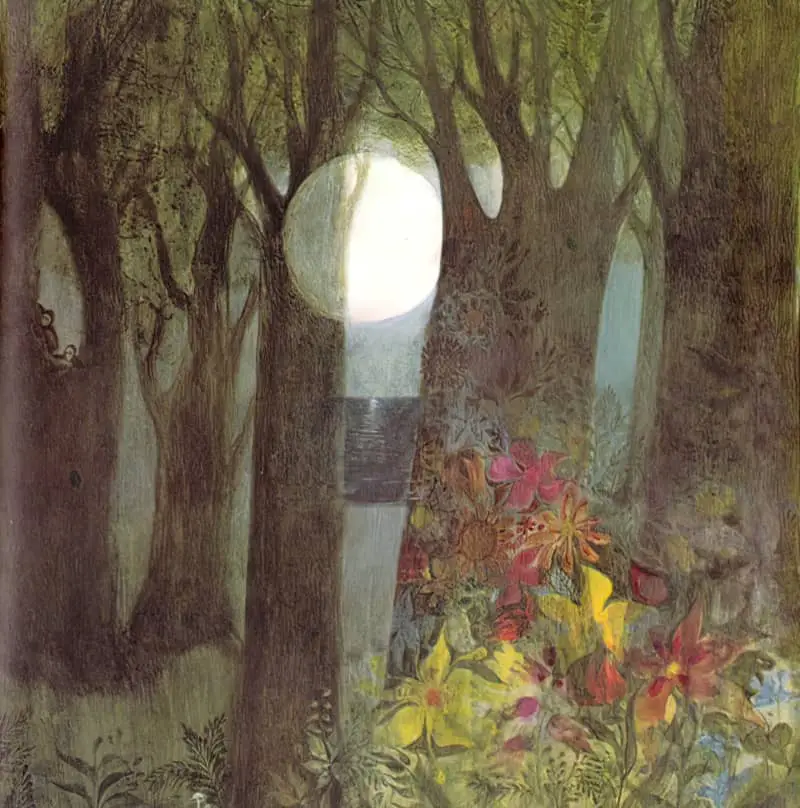
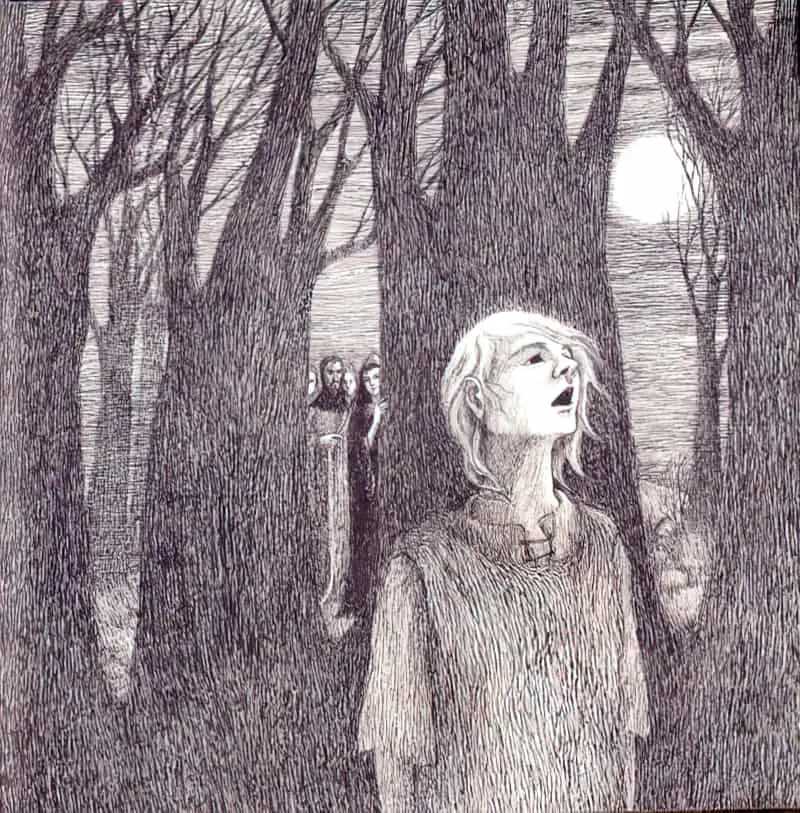
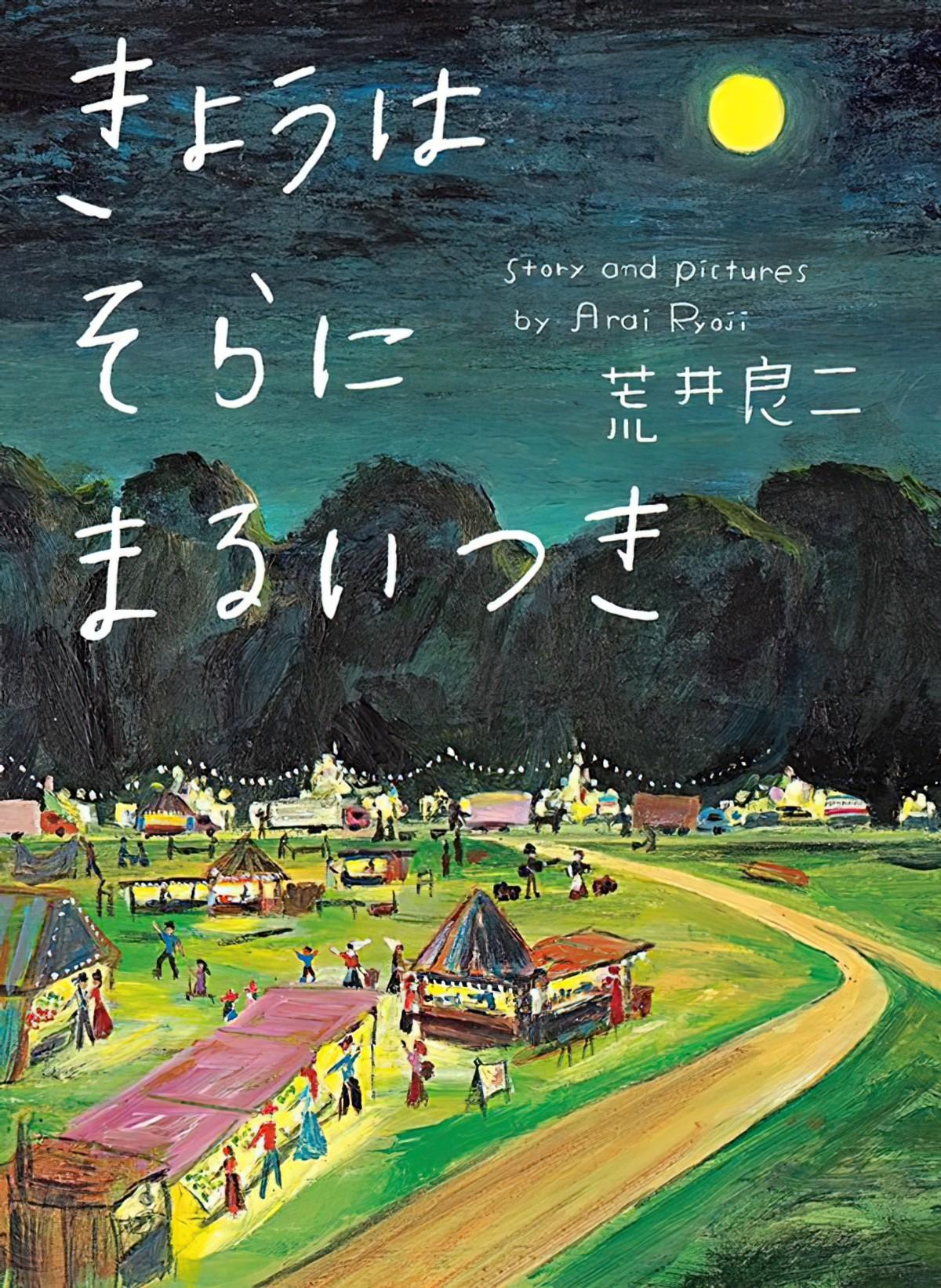
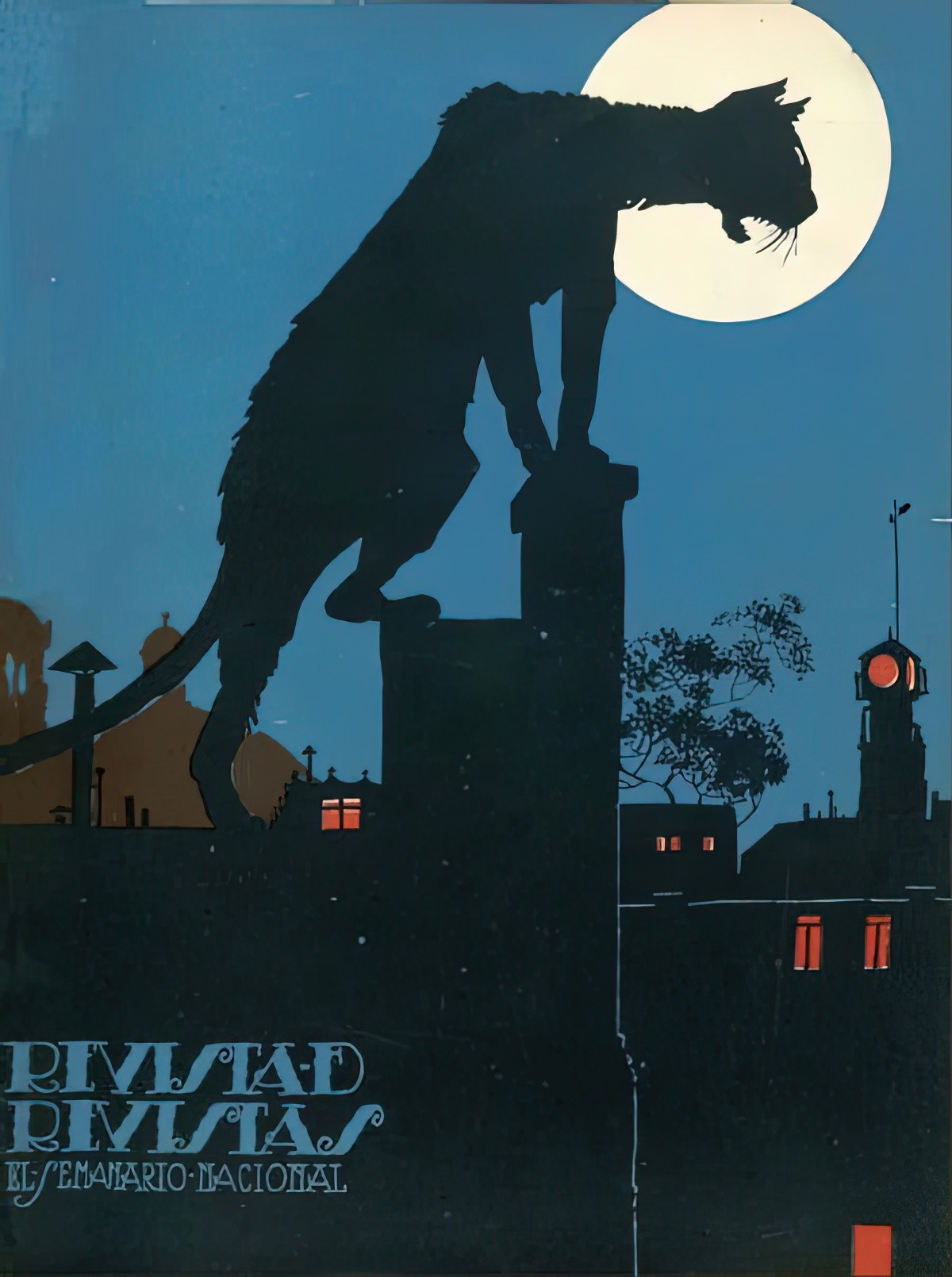
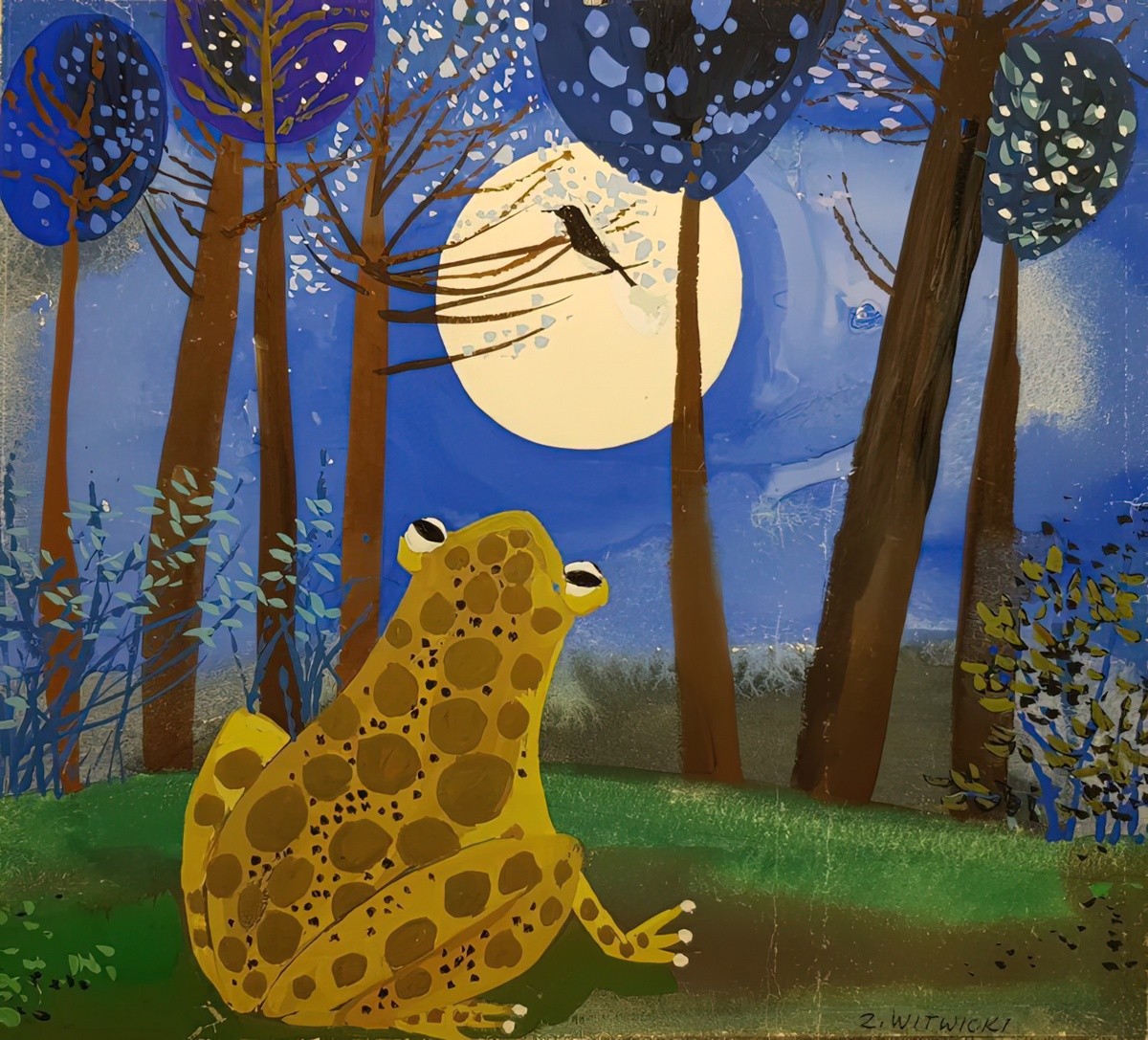
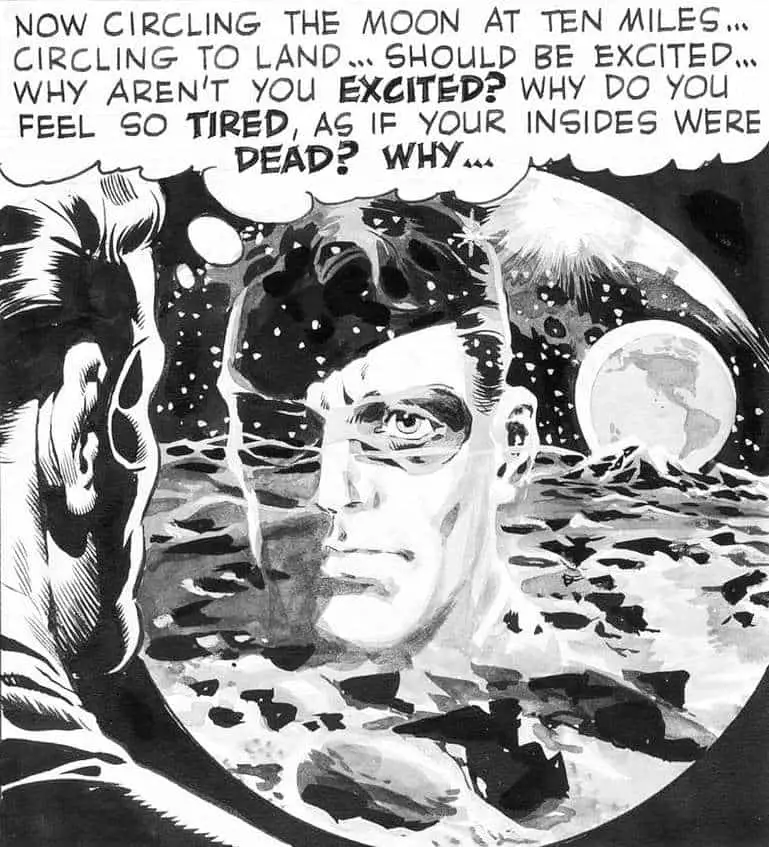
Header illustration: Alphonse Mucha- The Moon and the Stars
